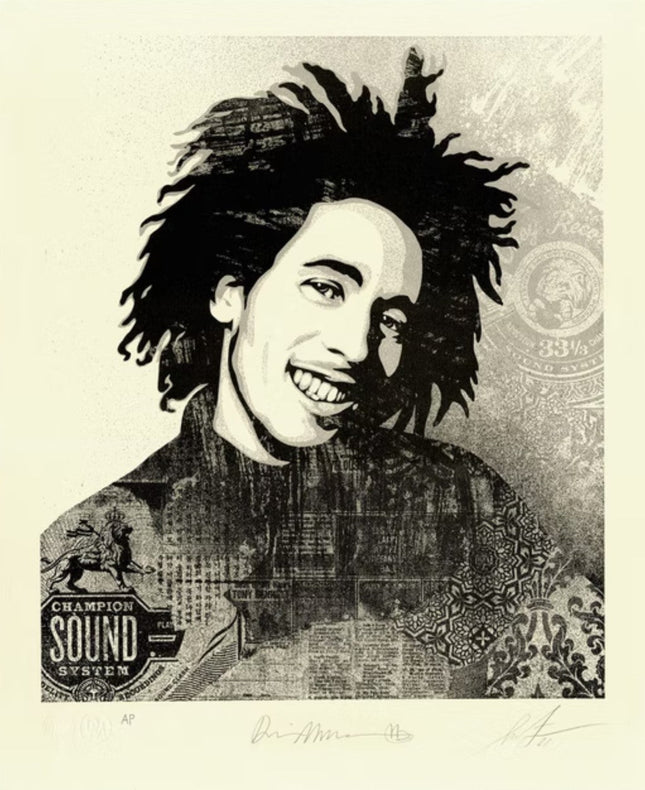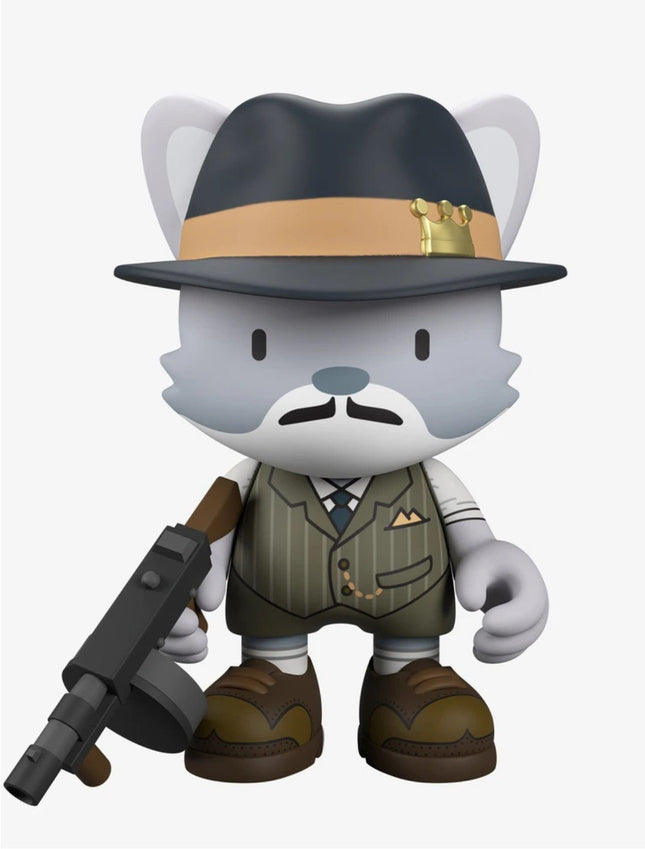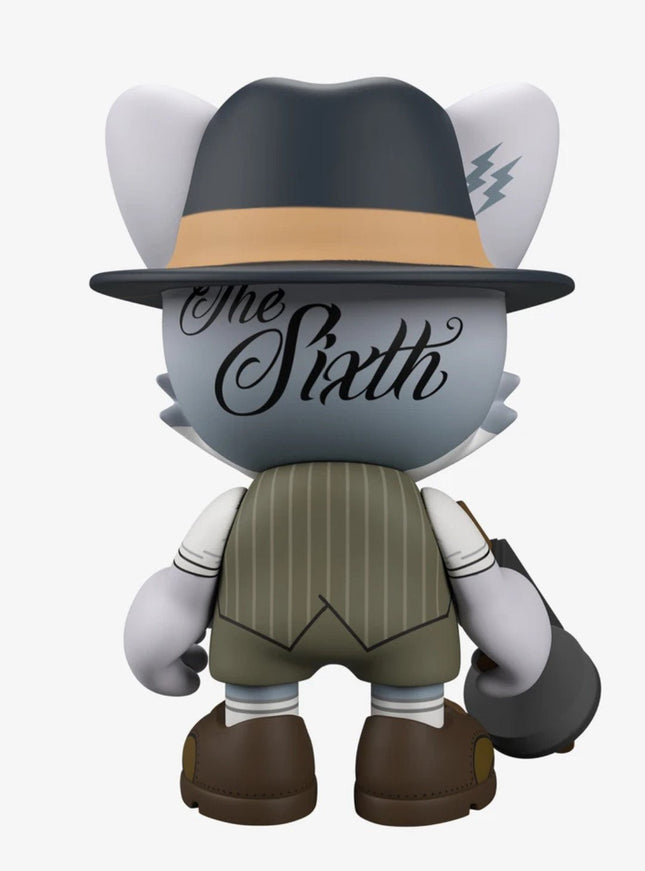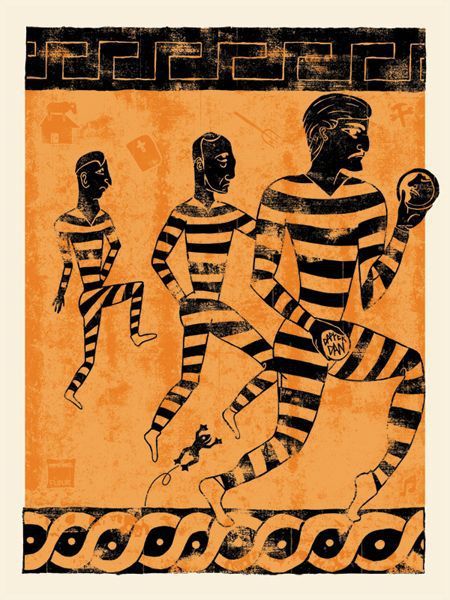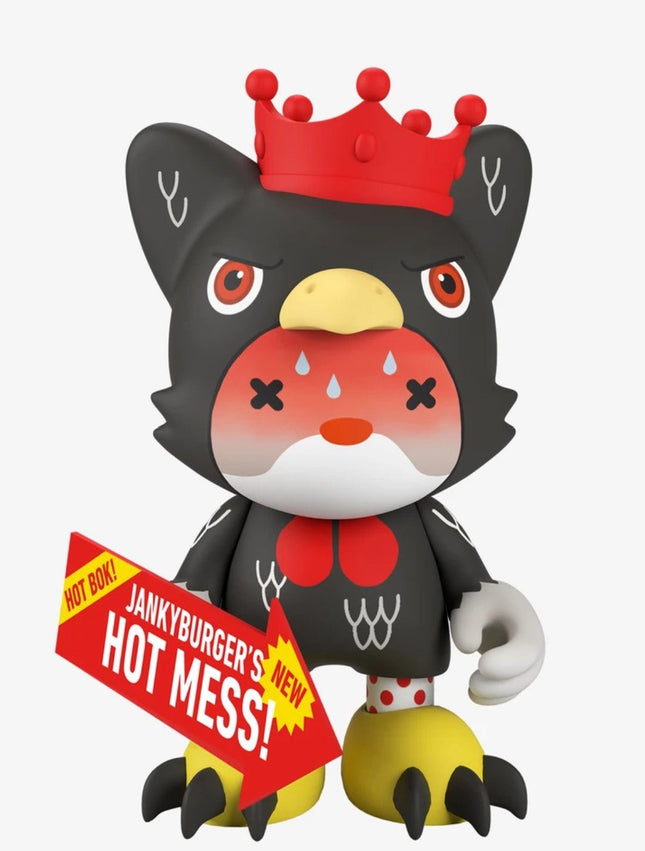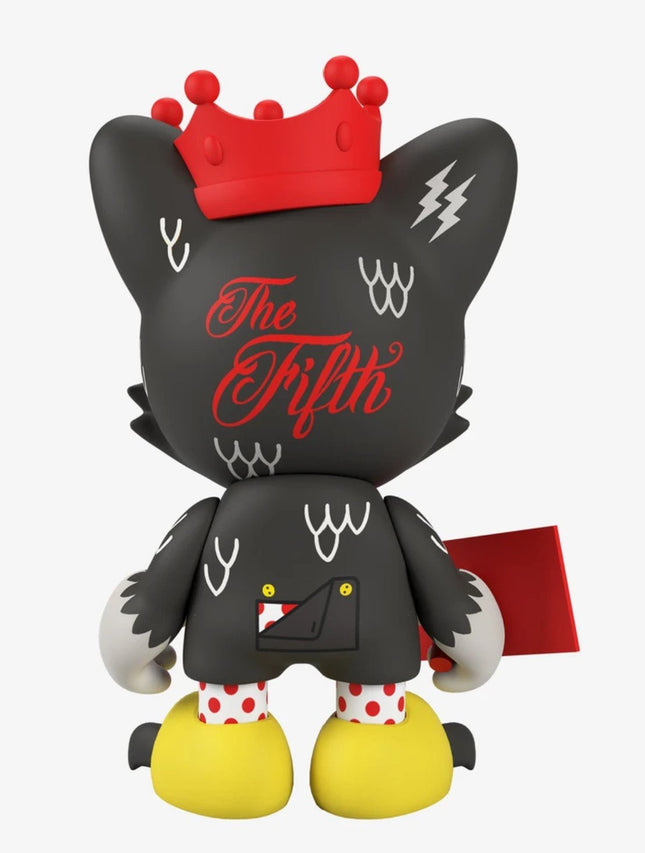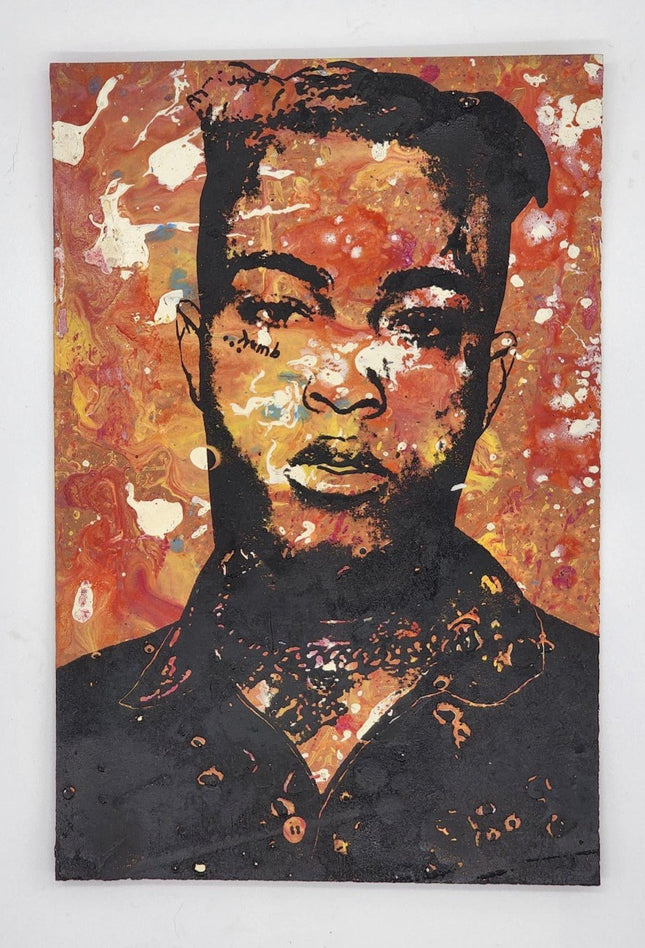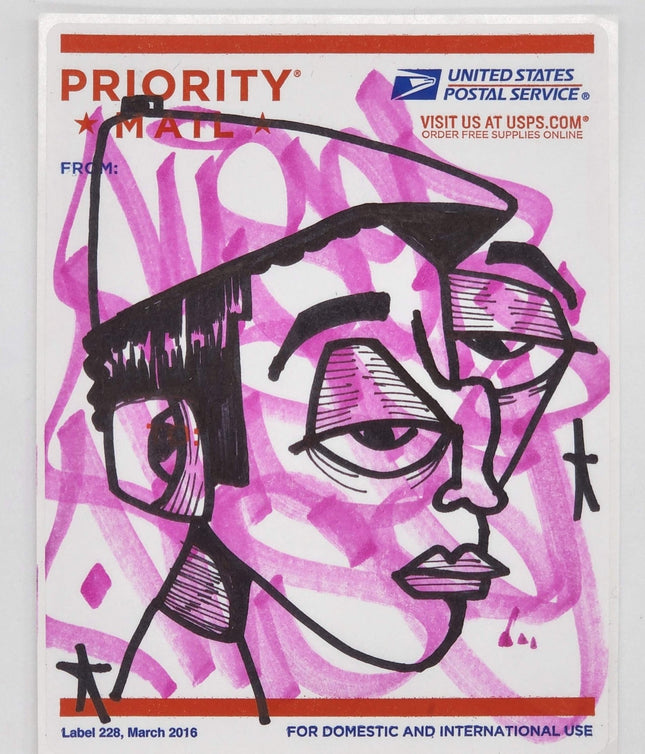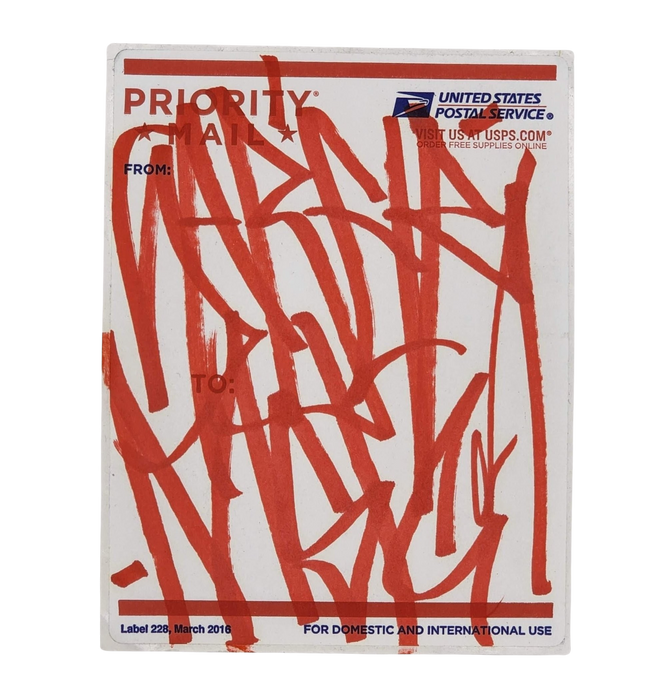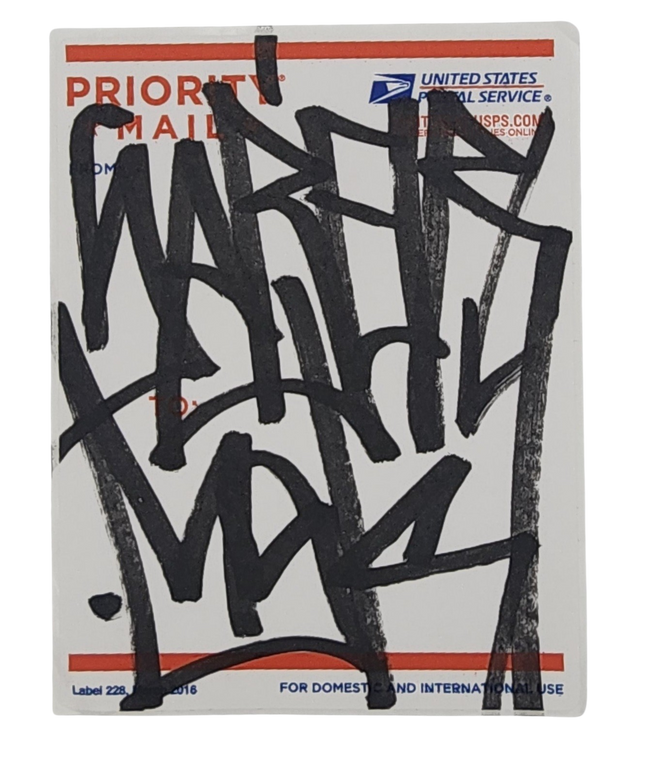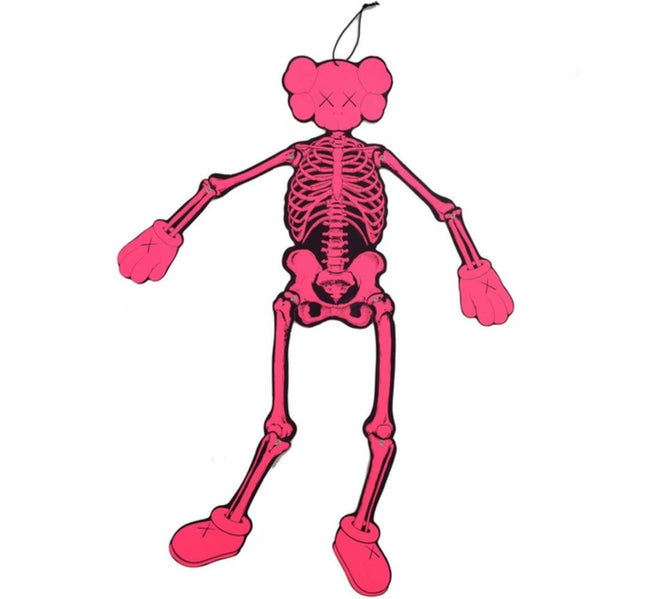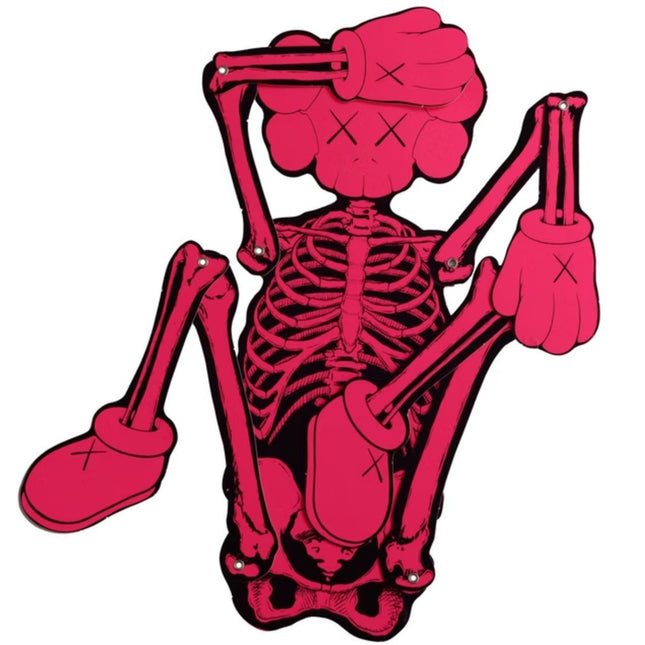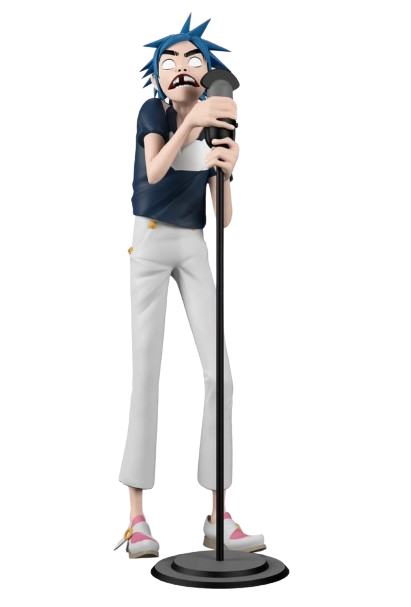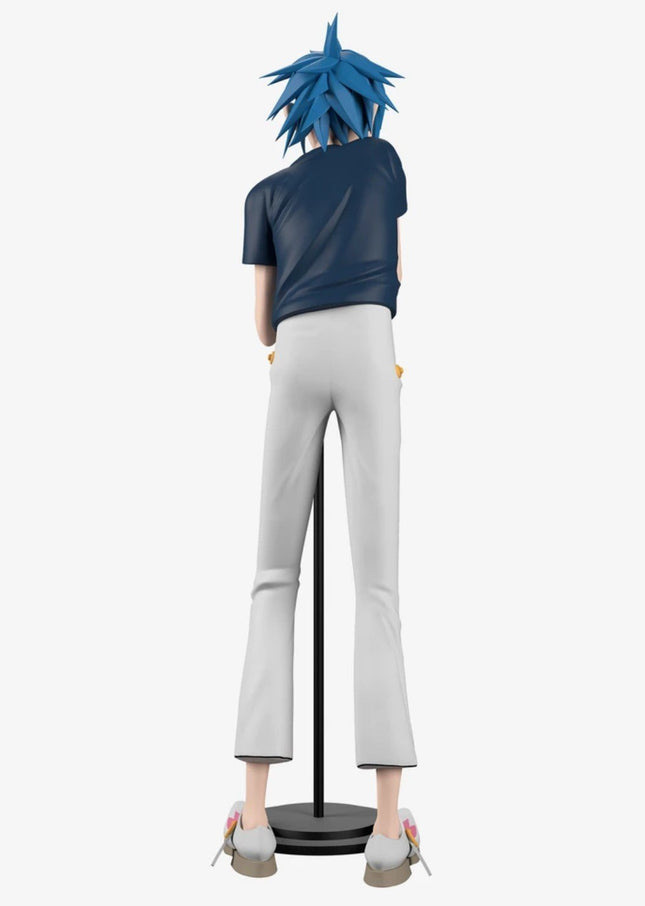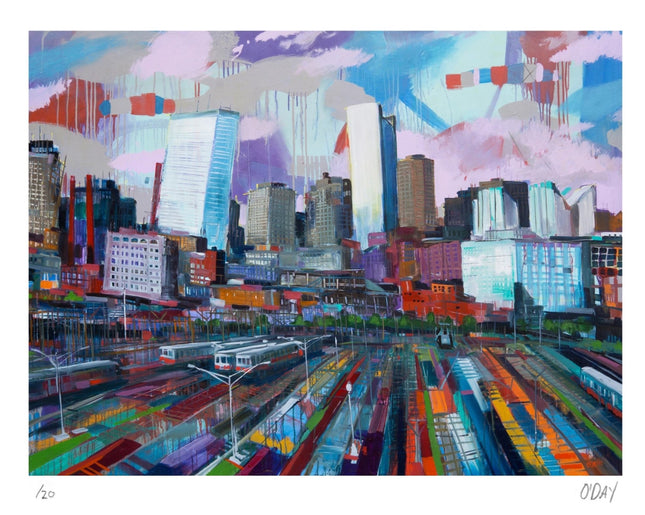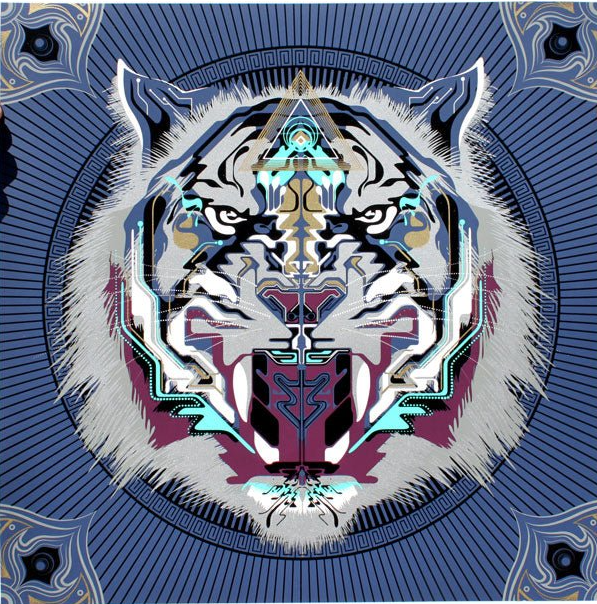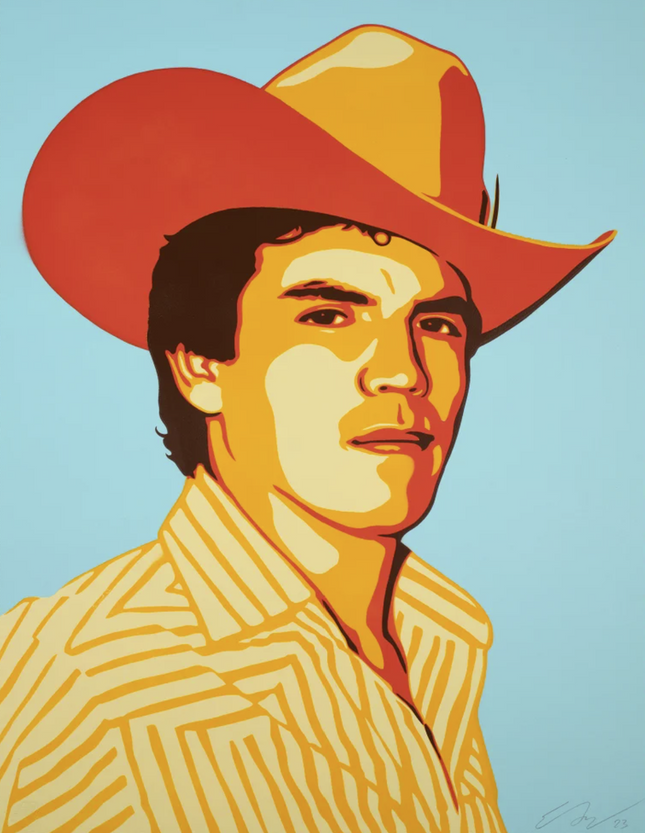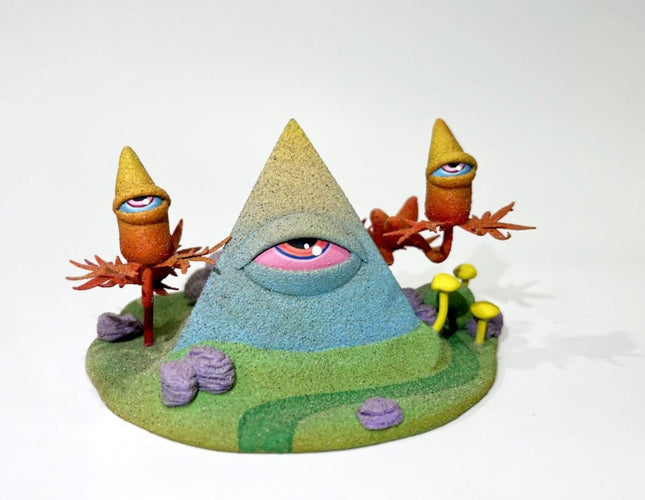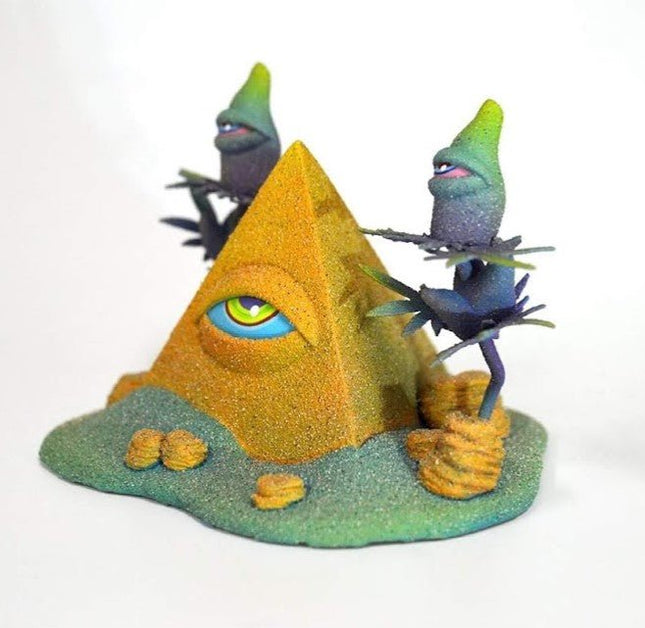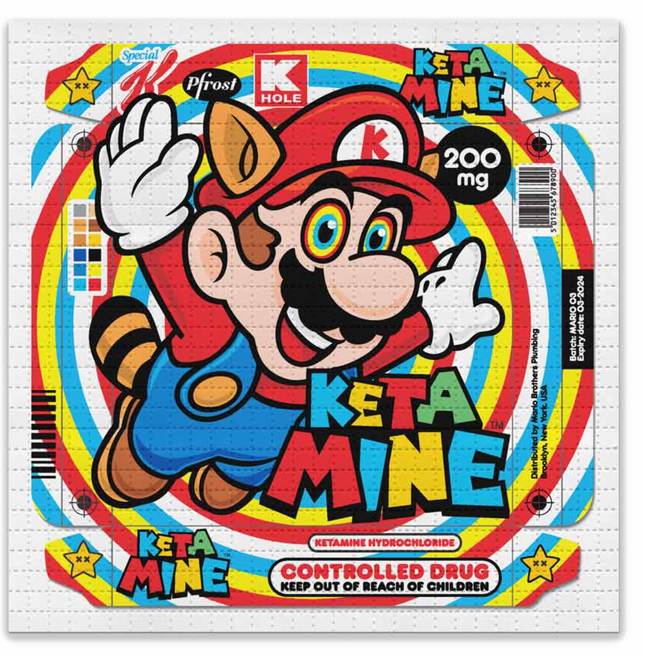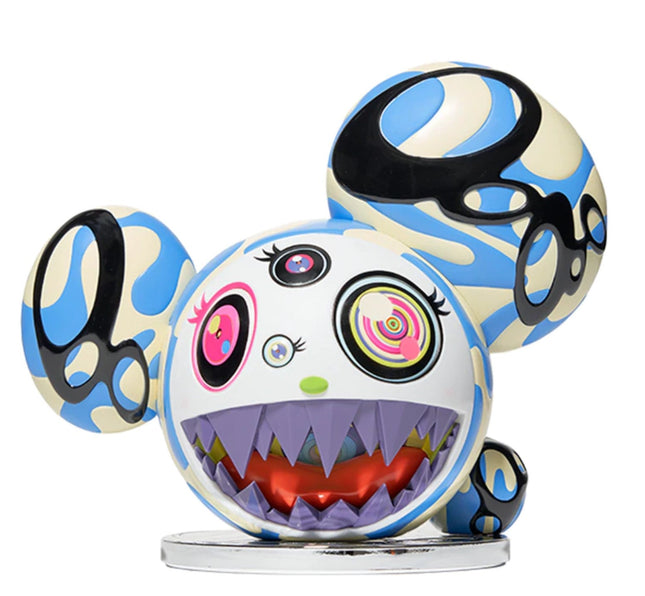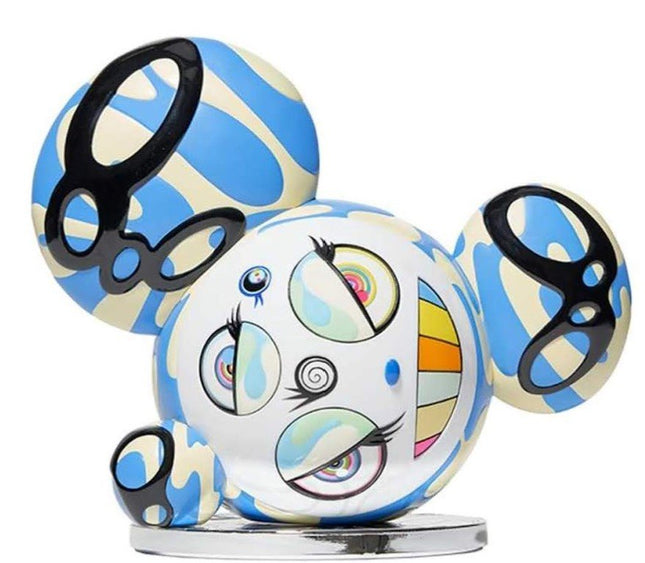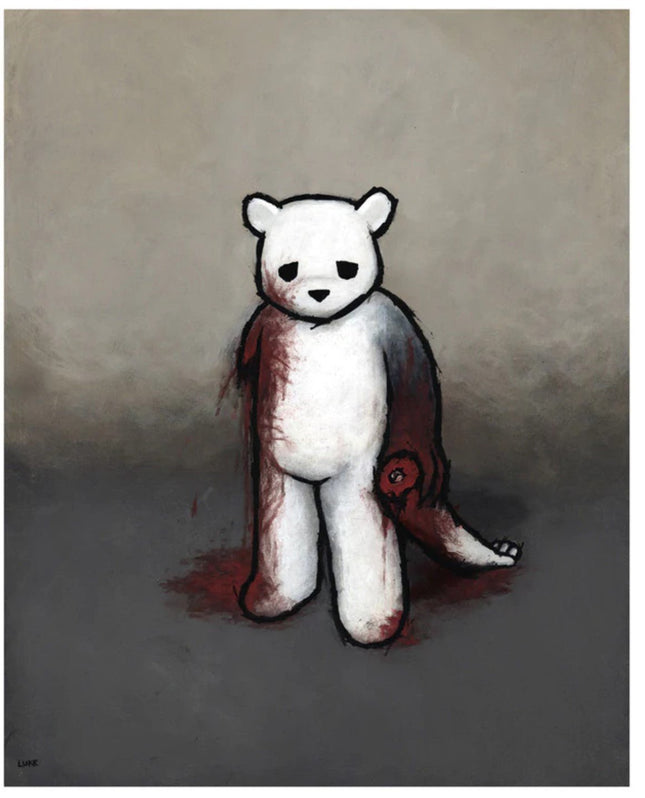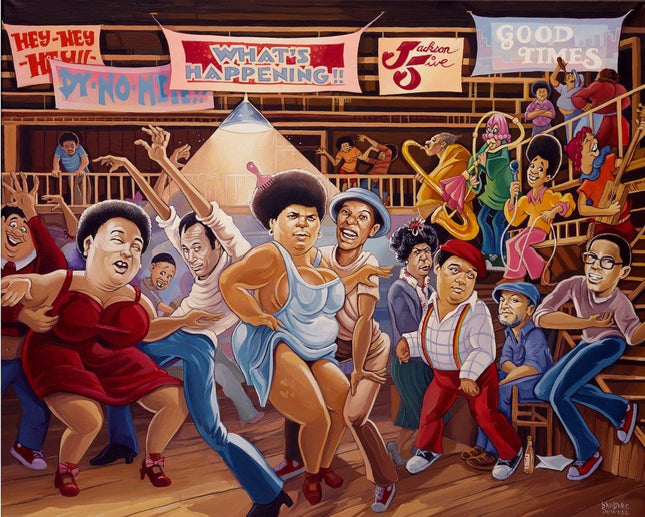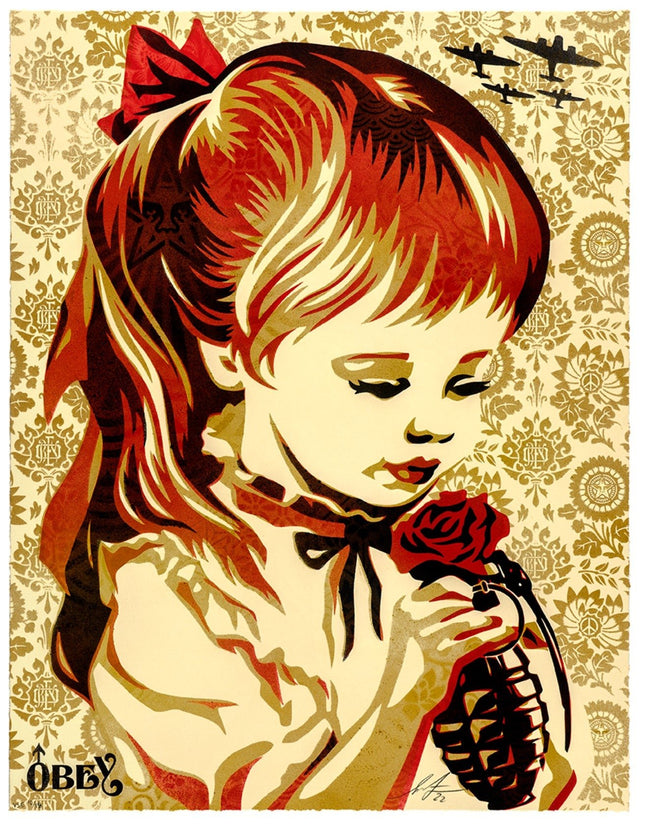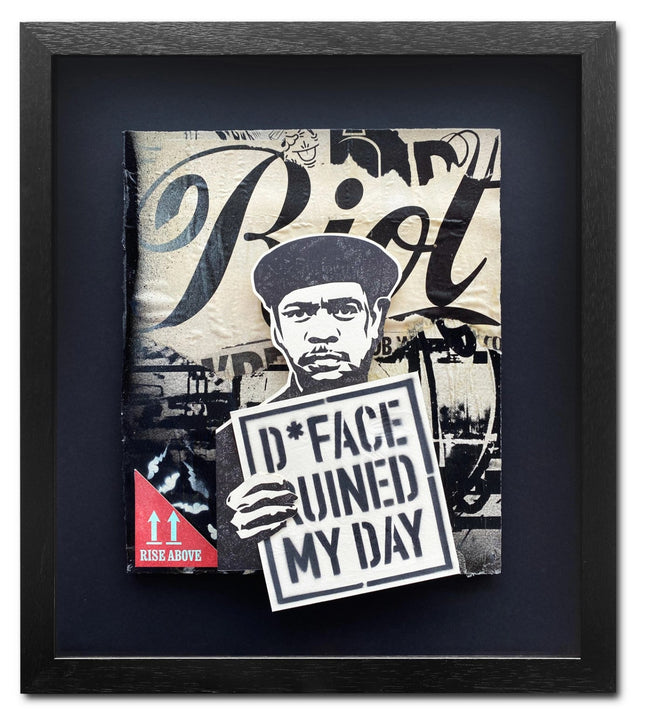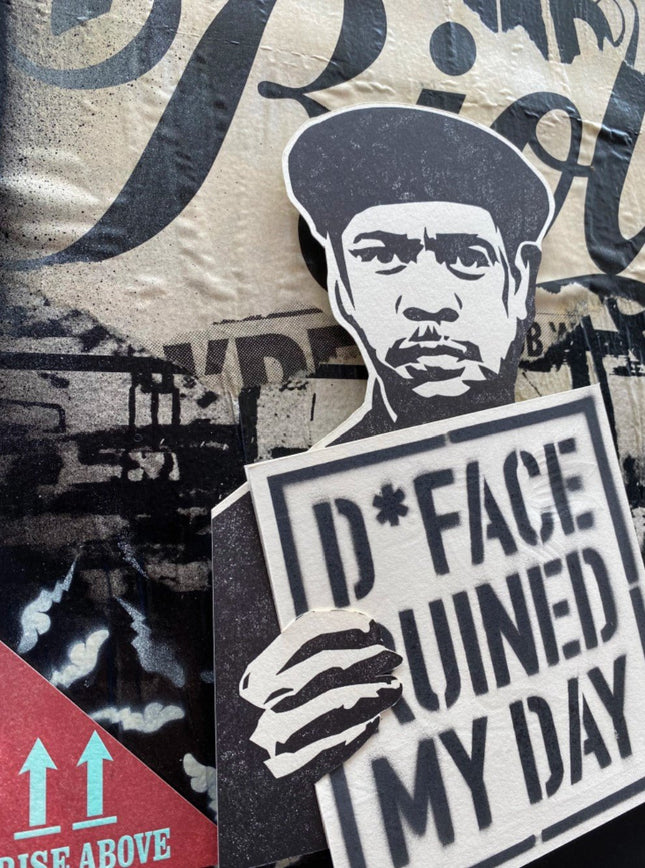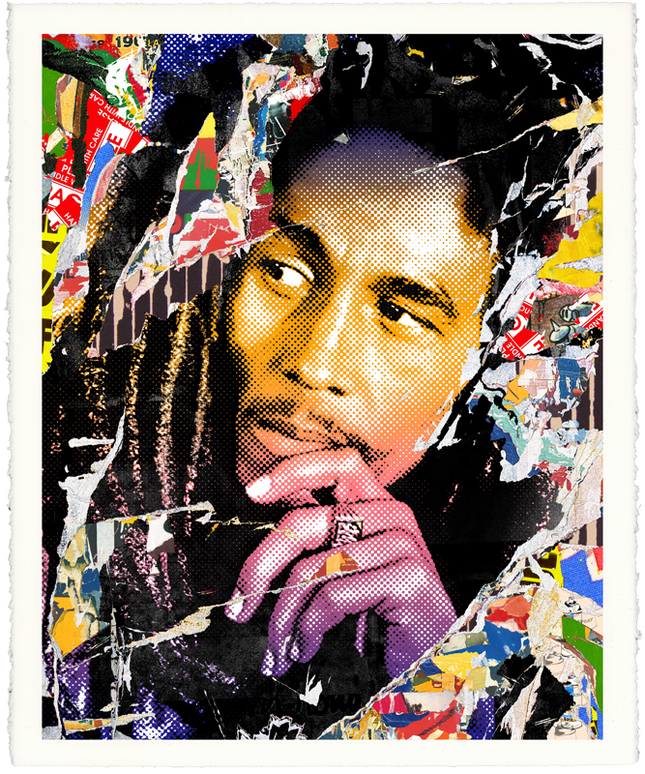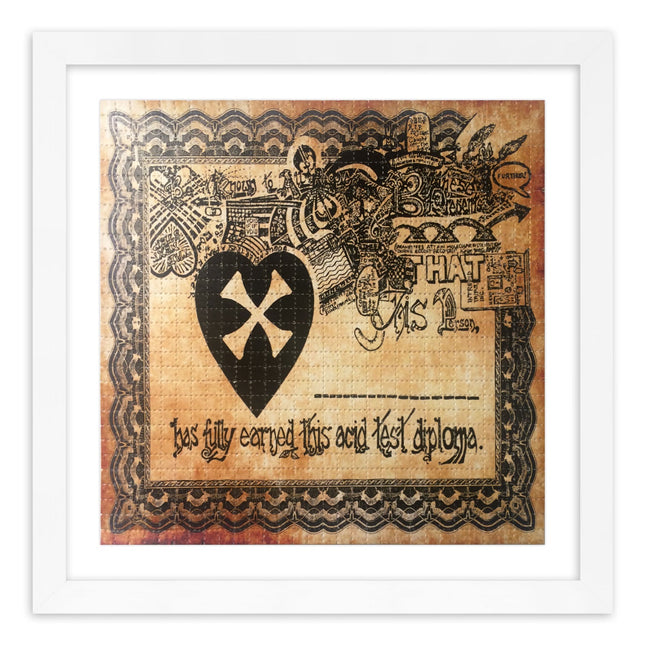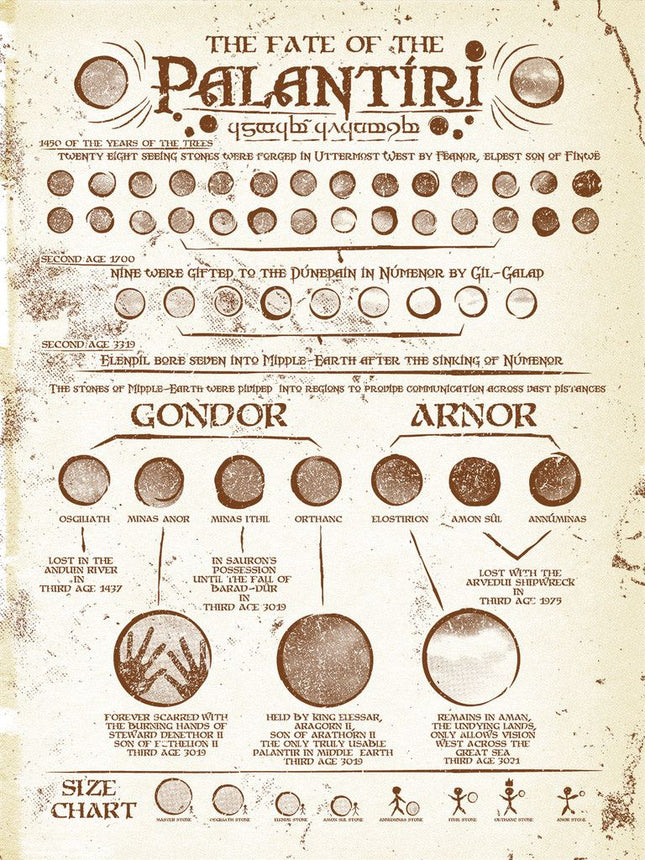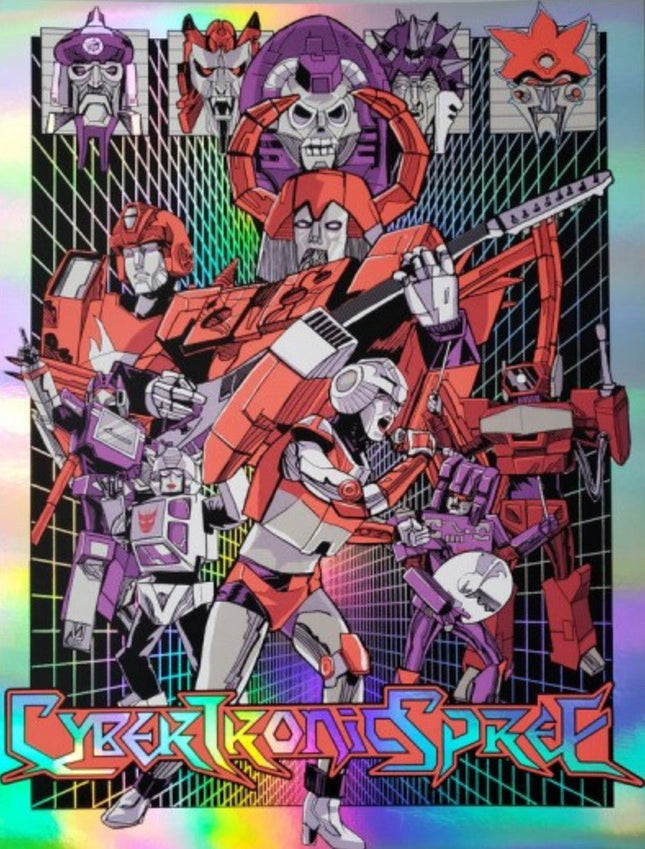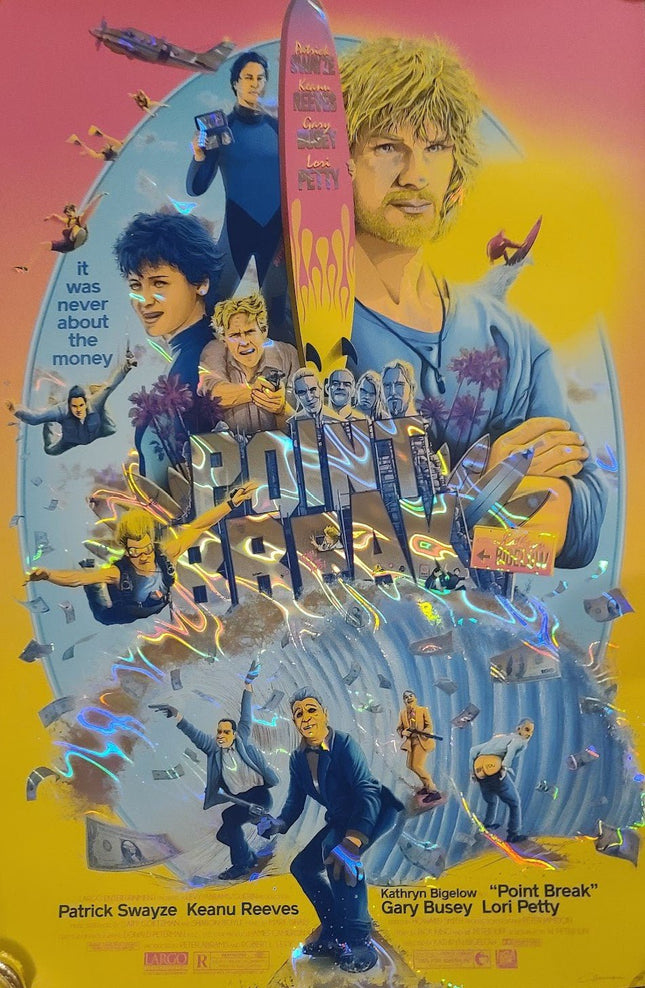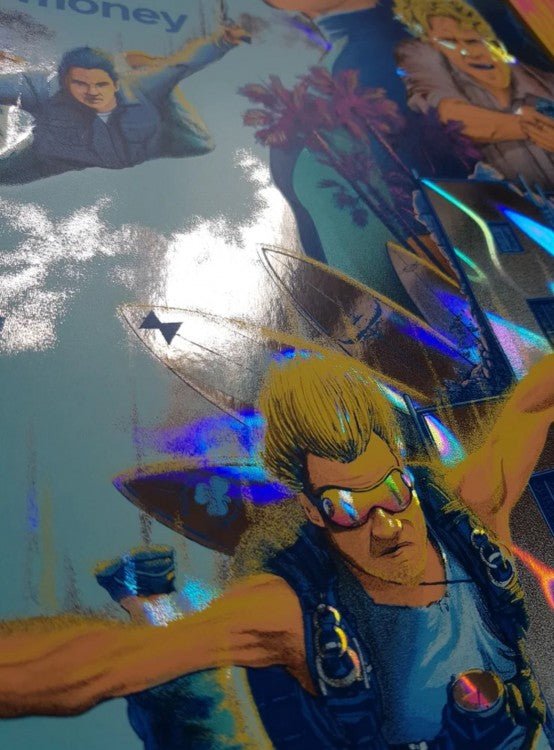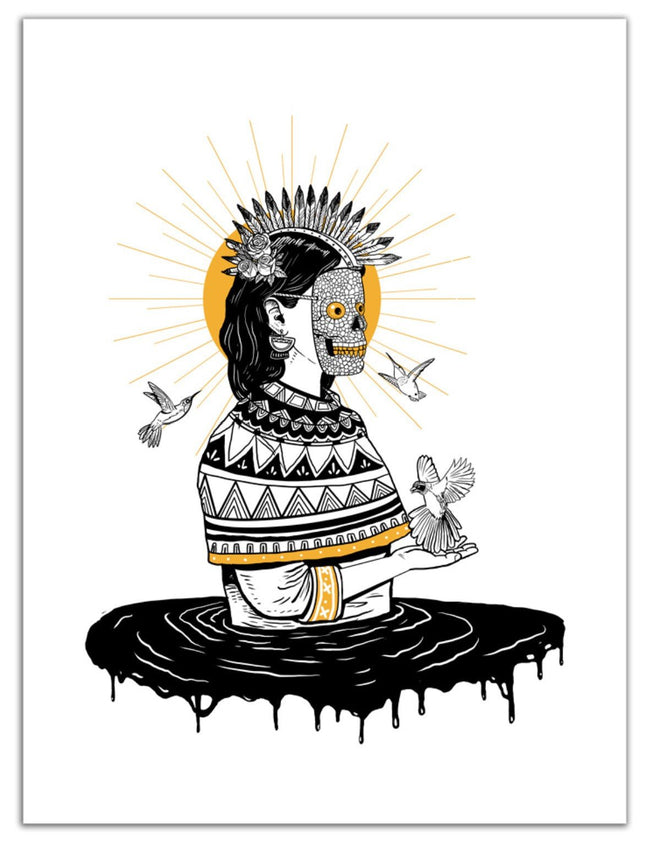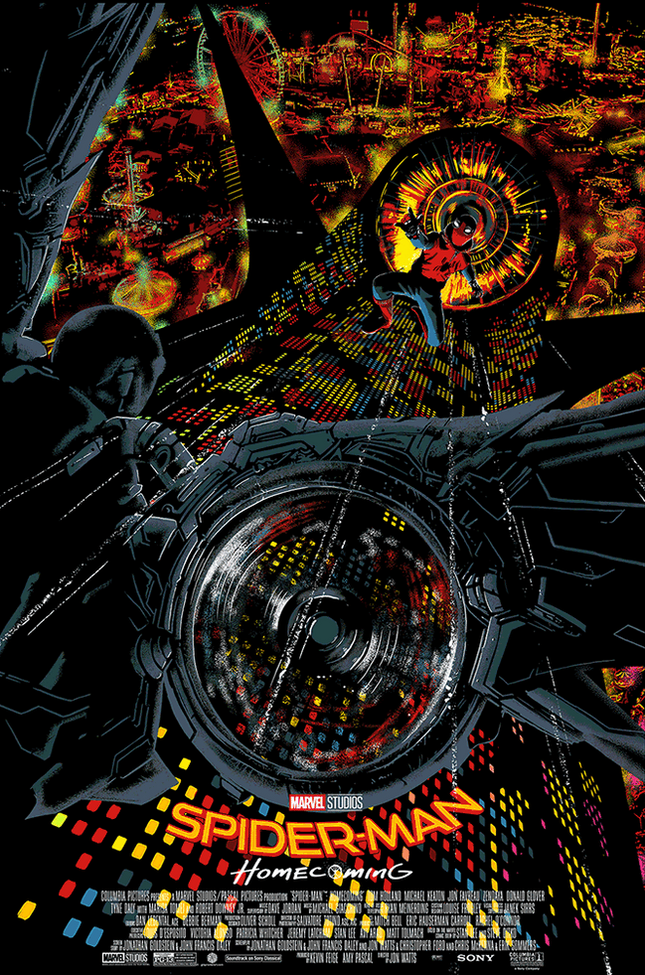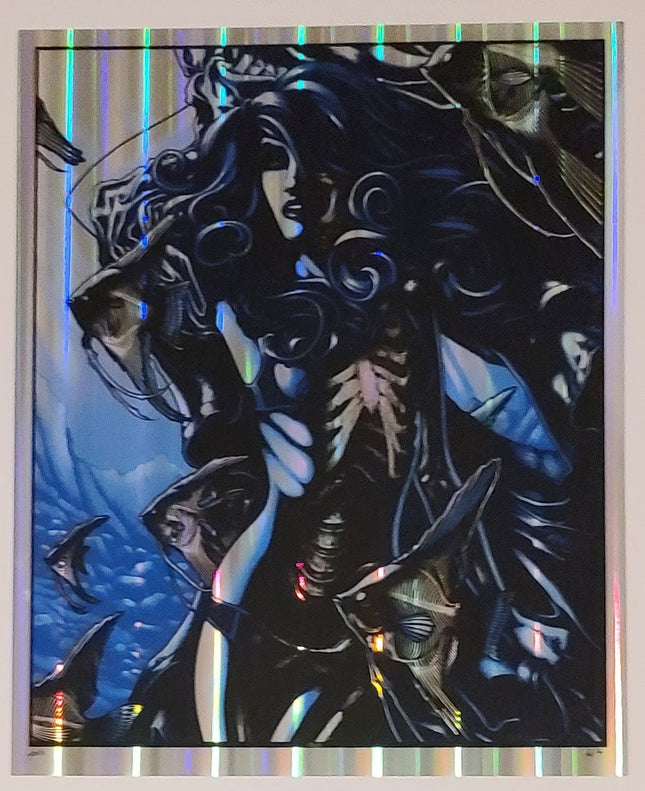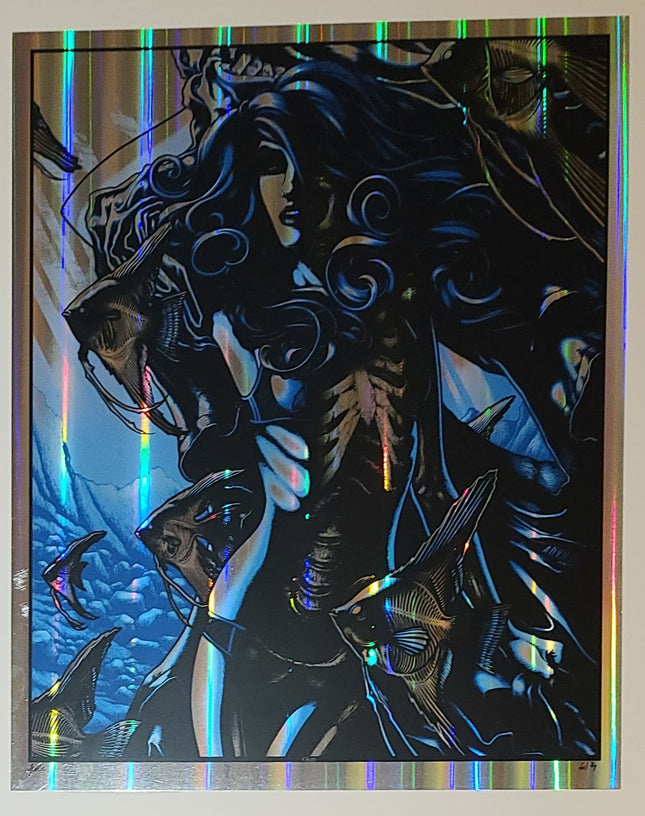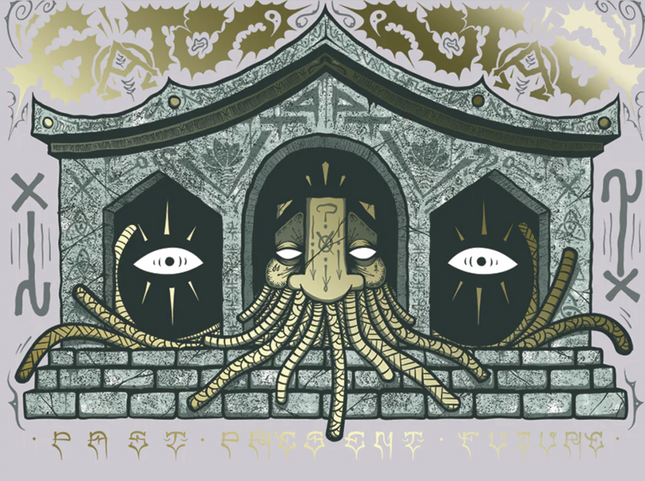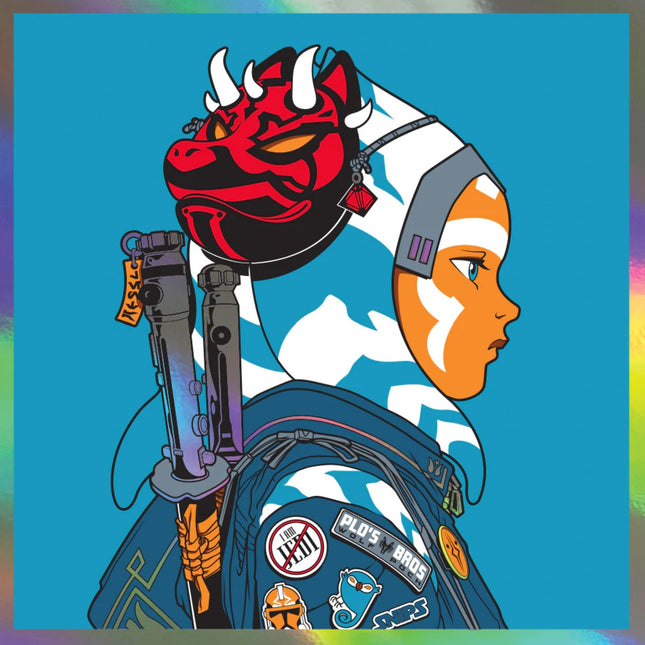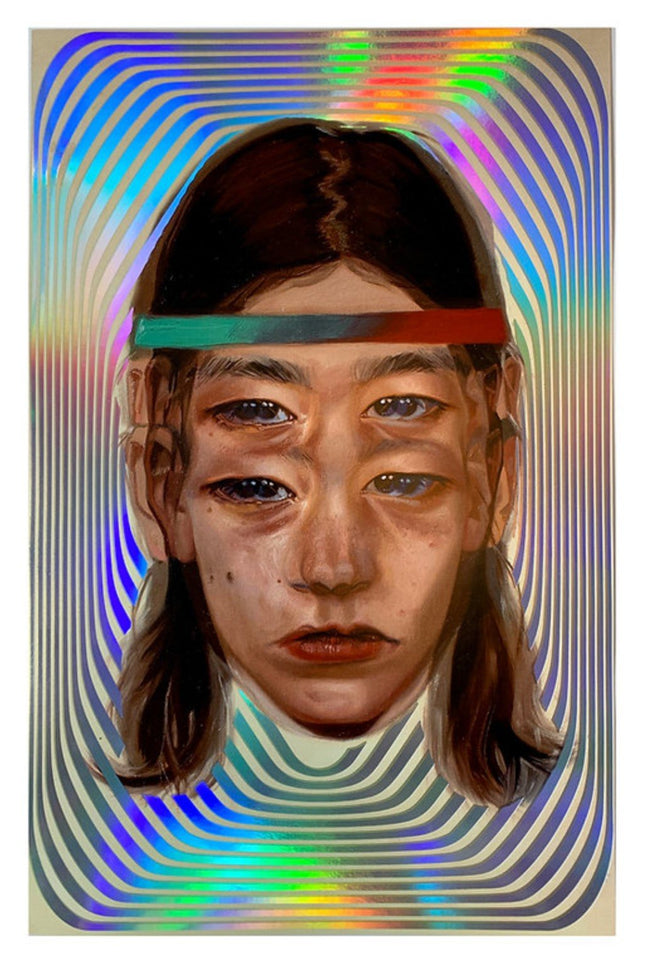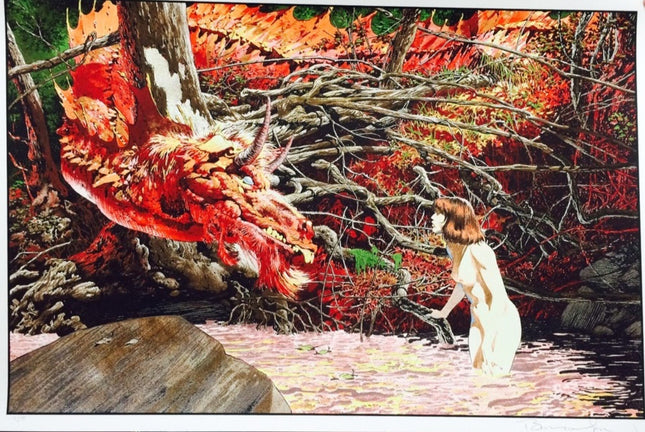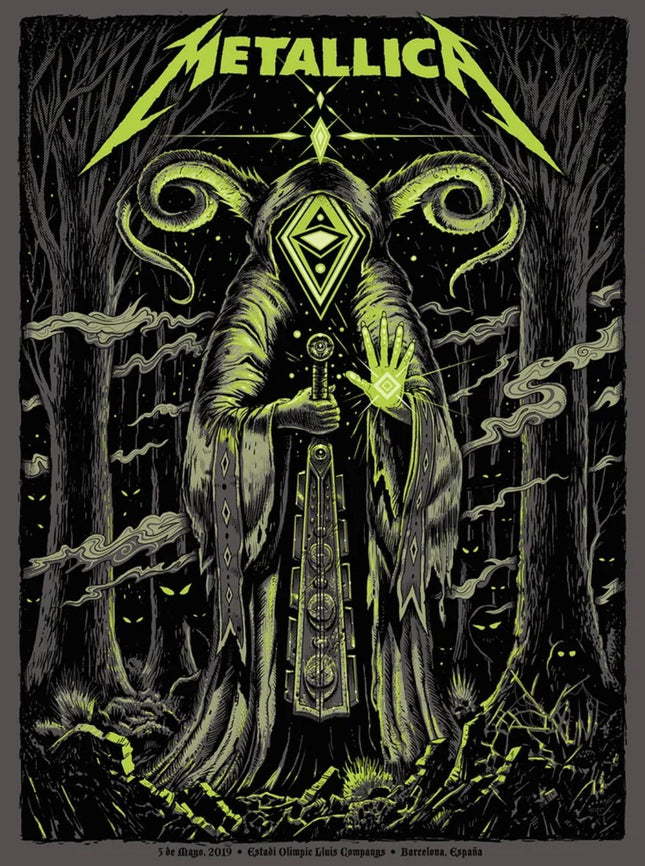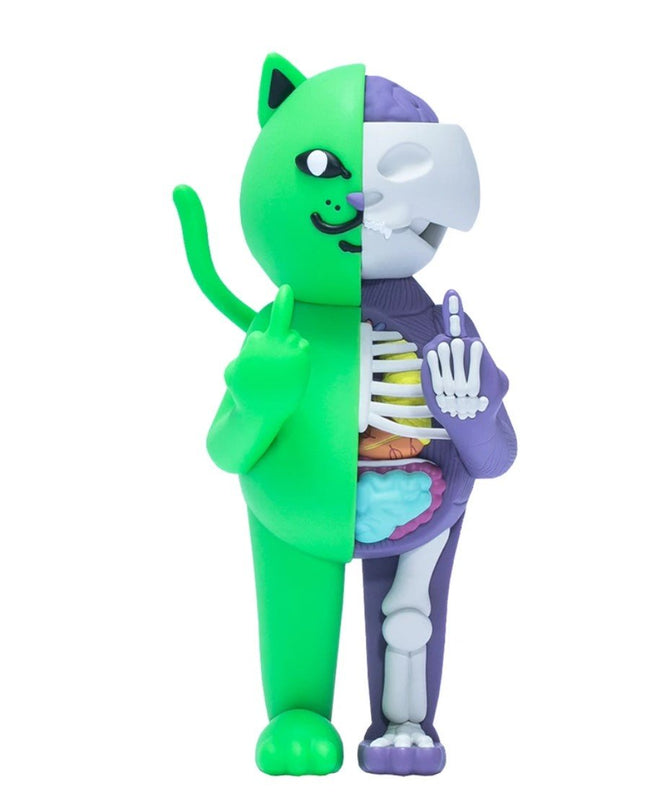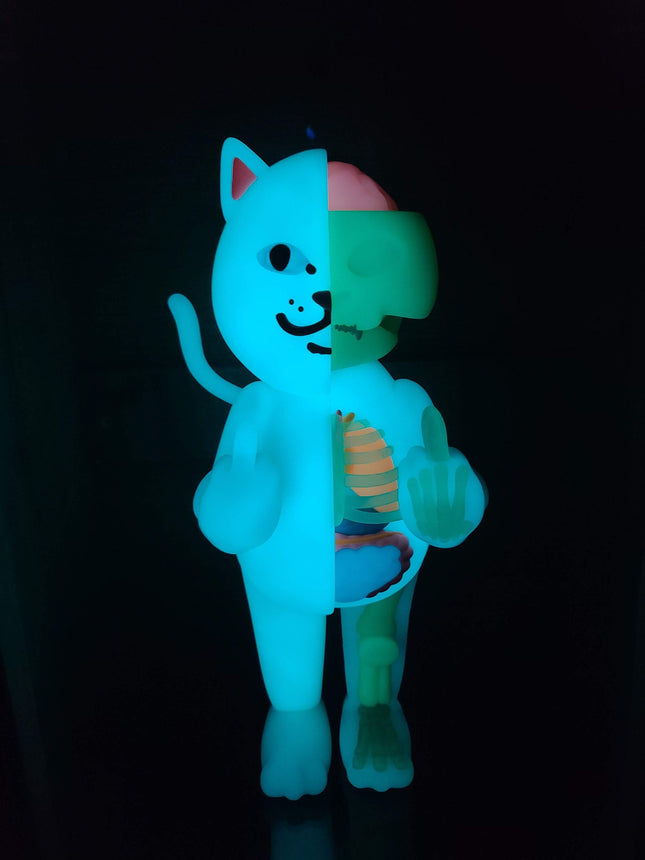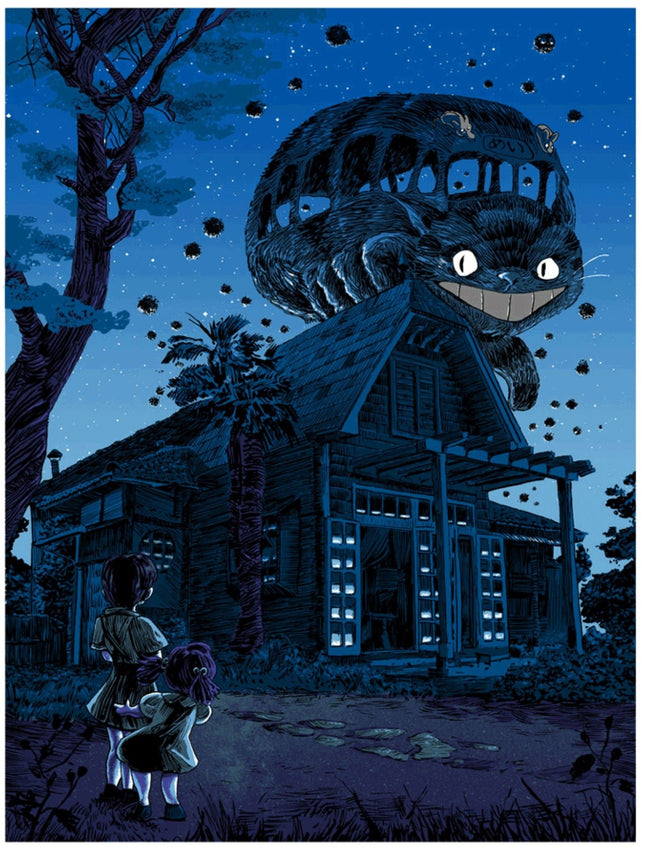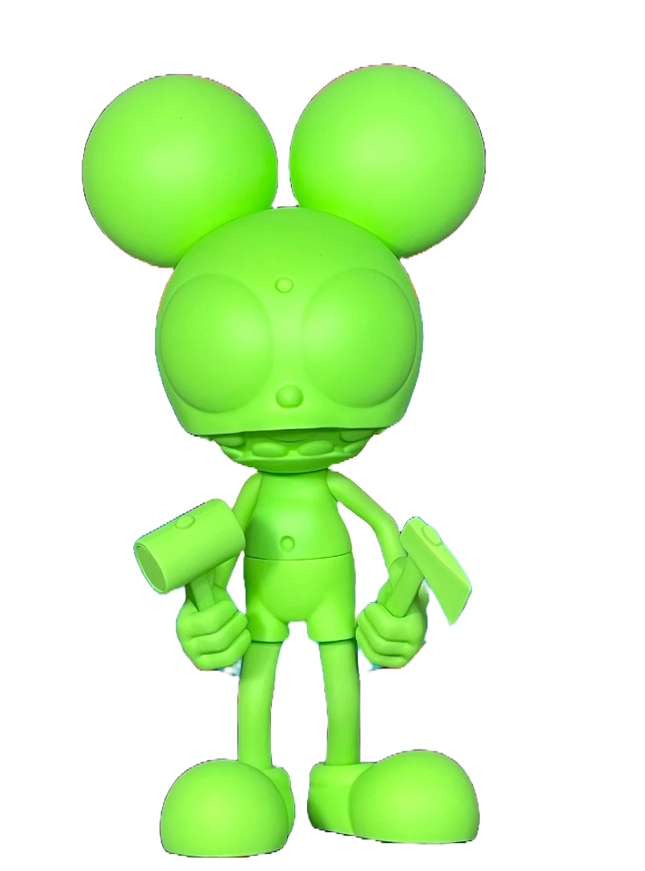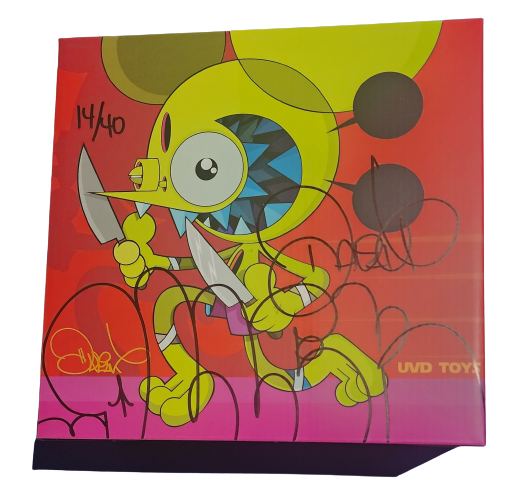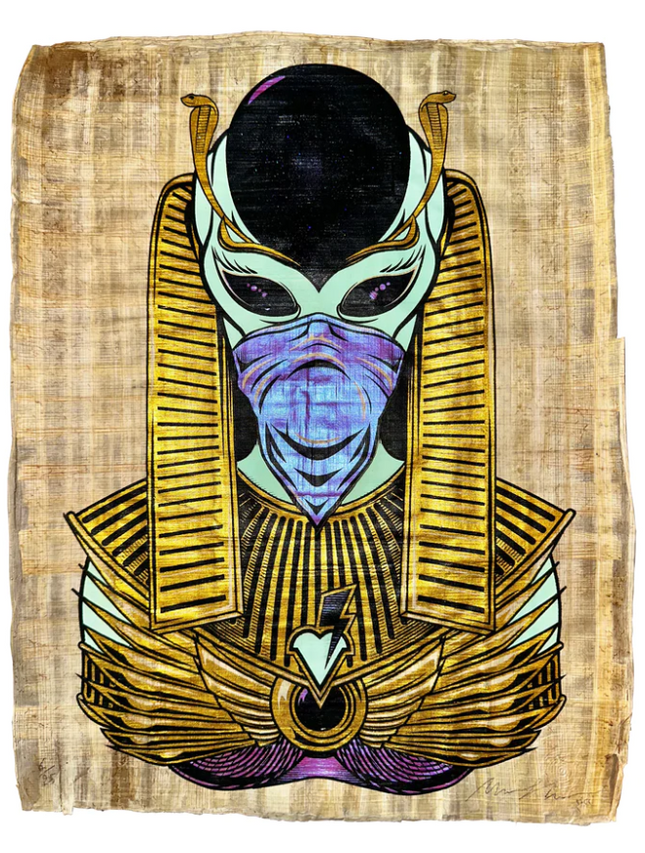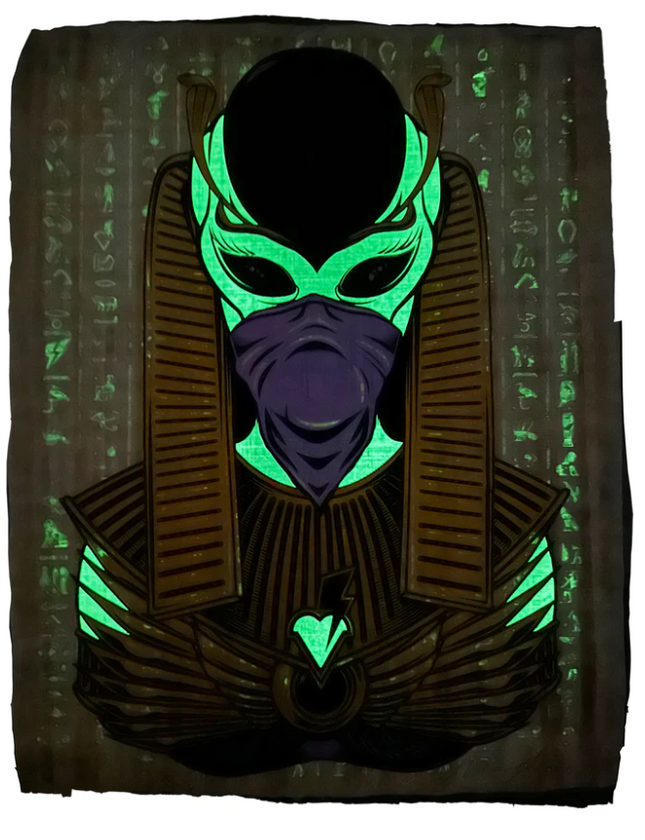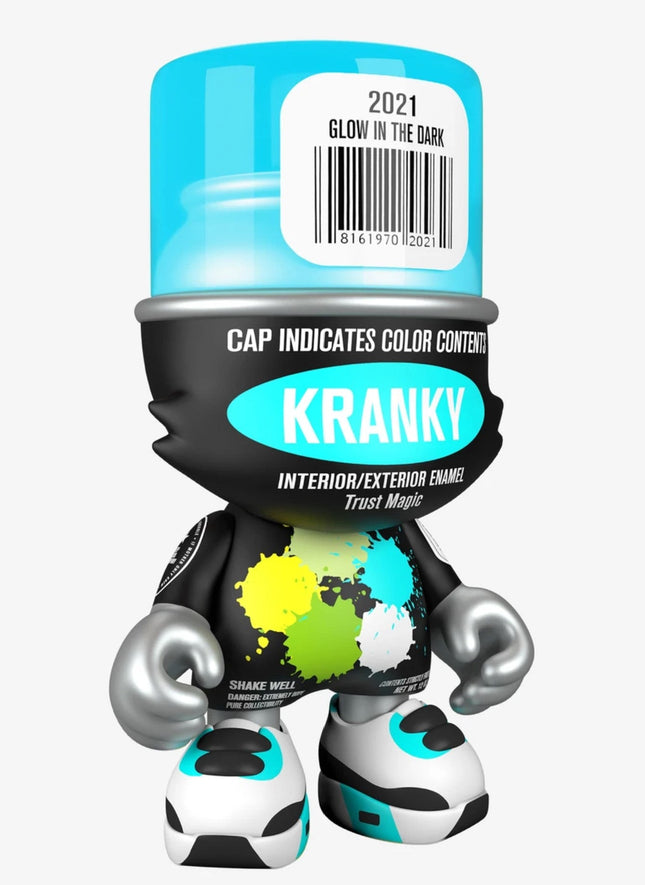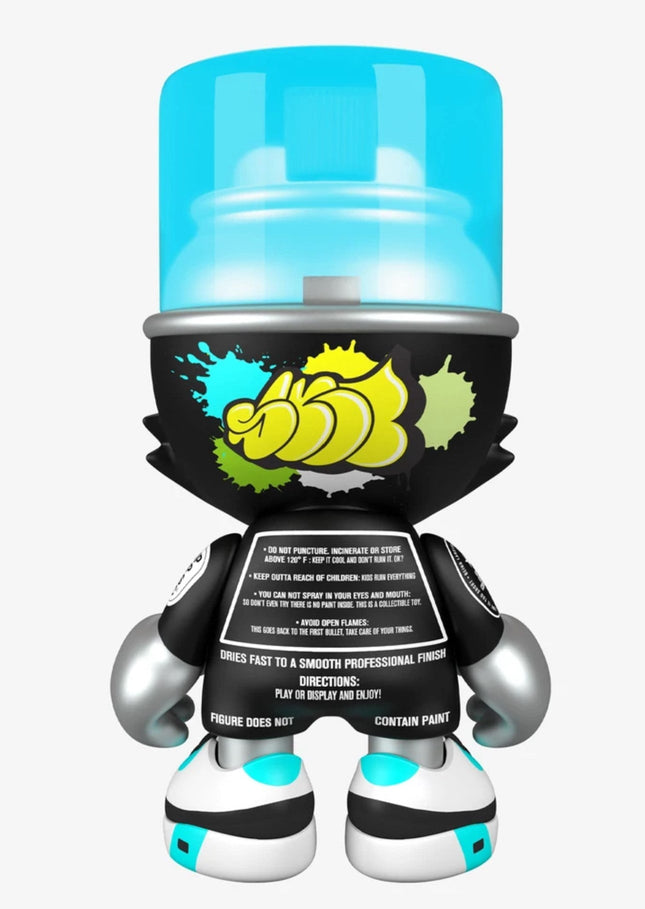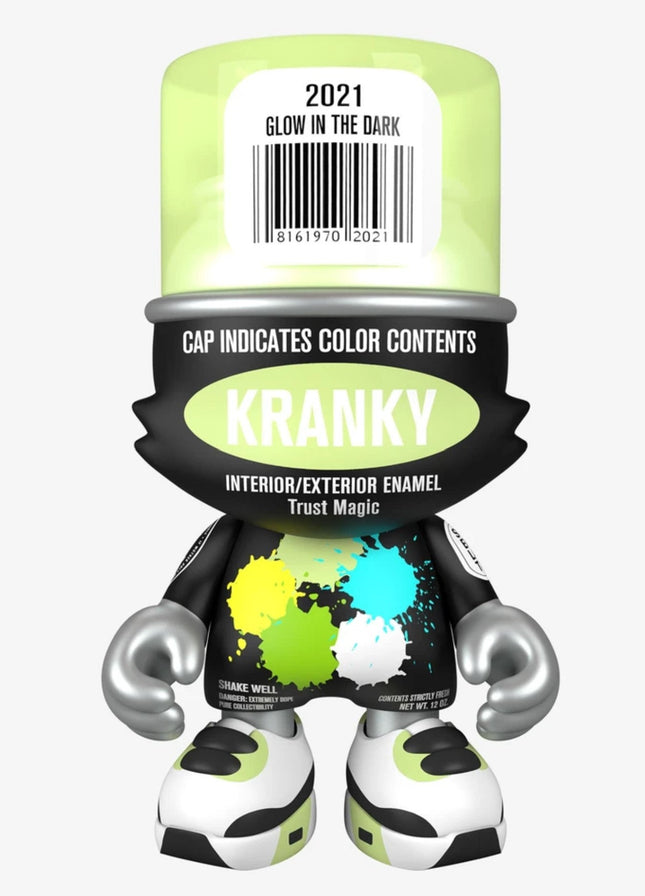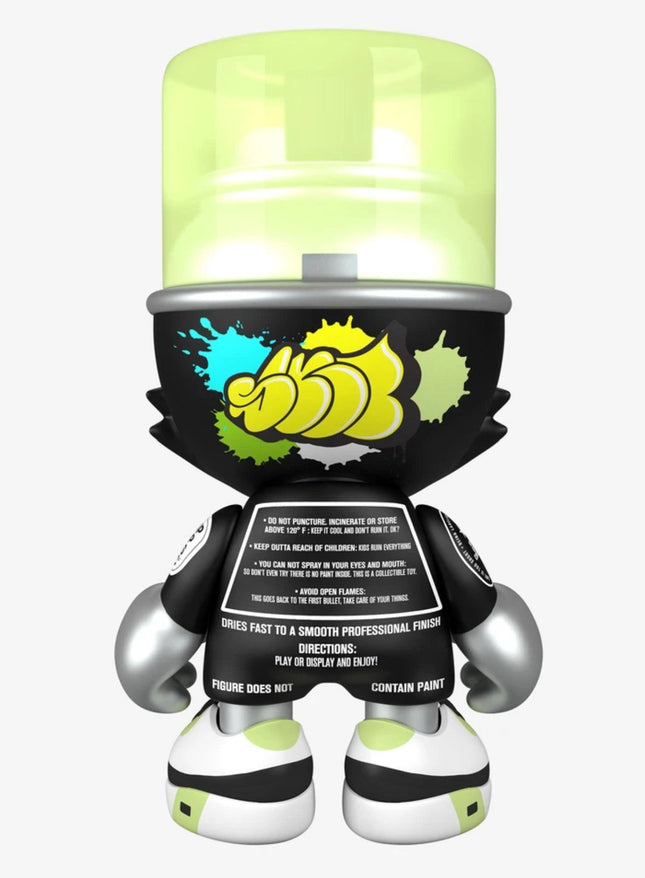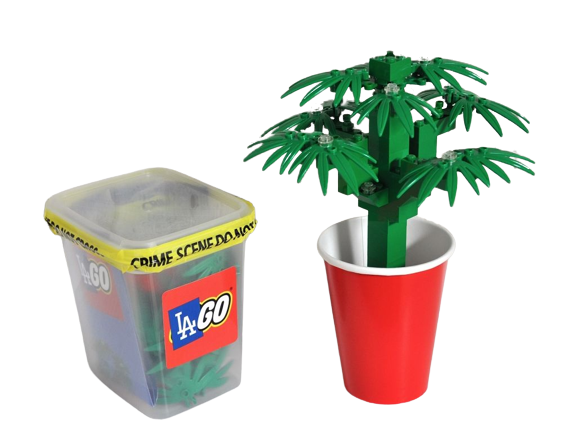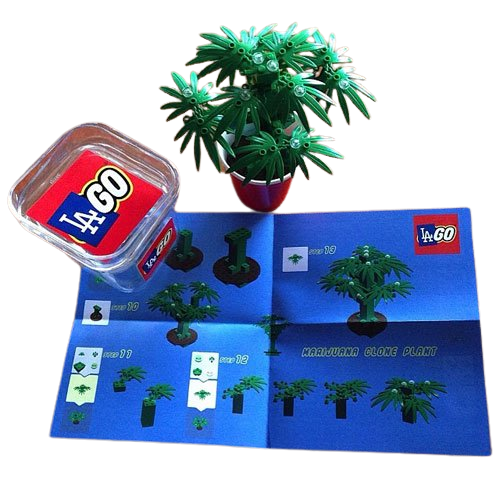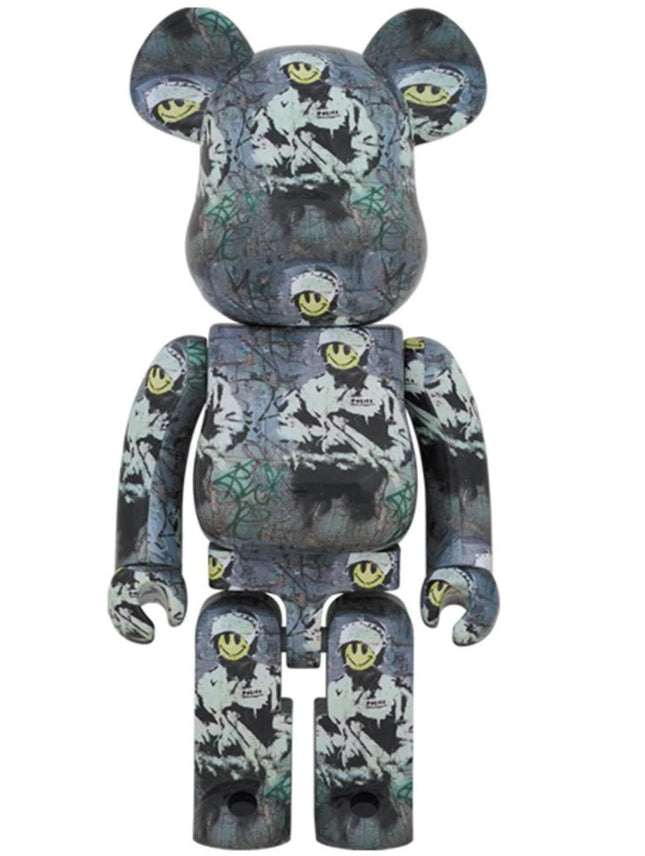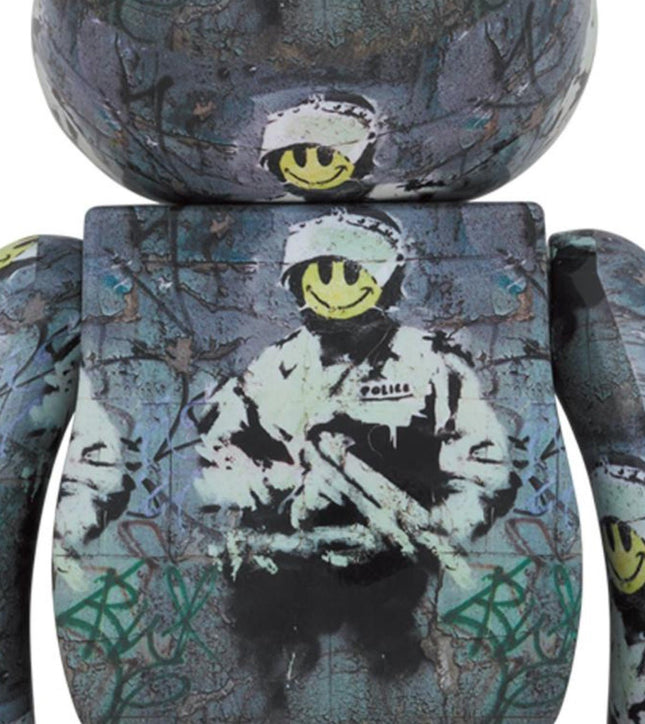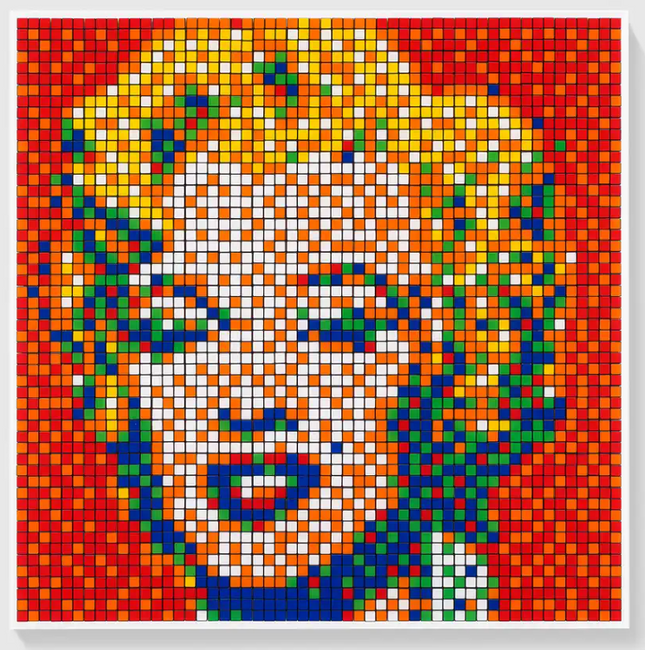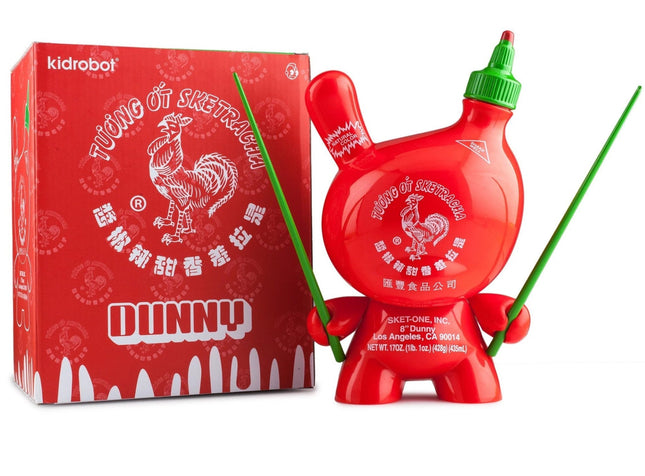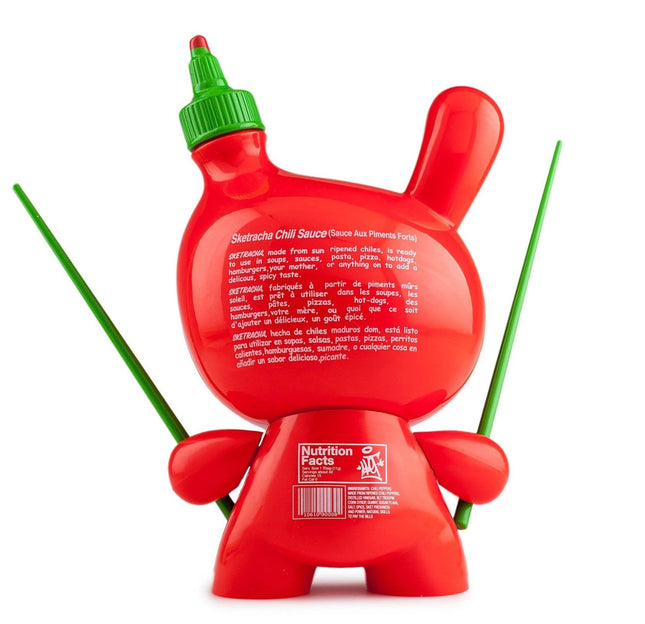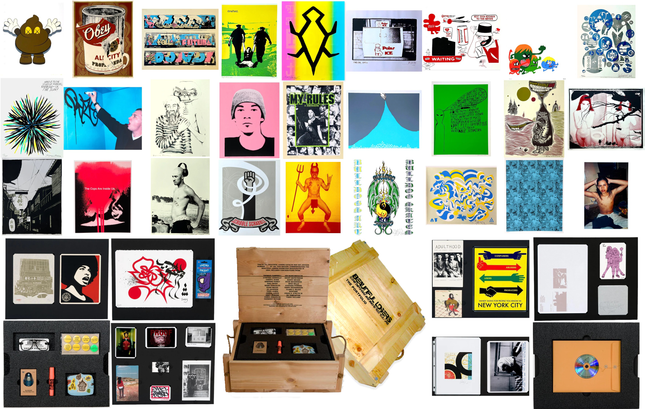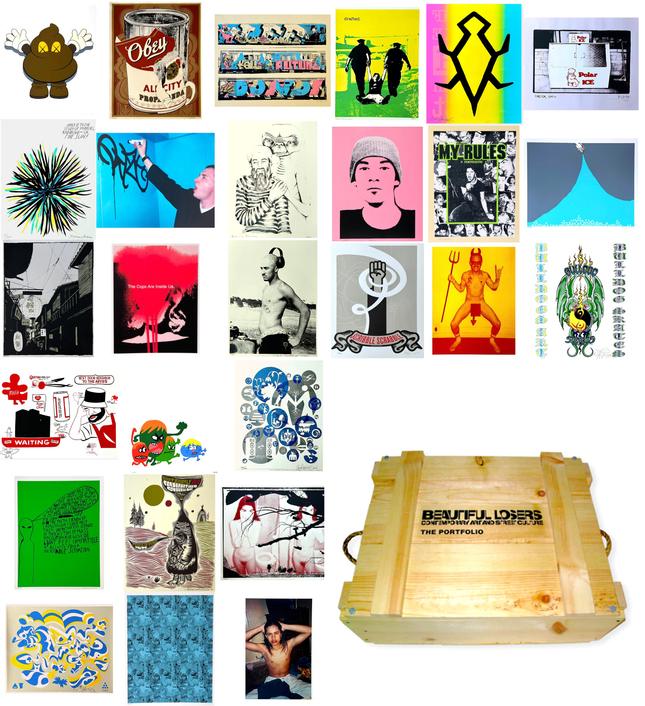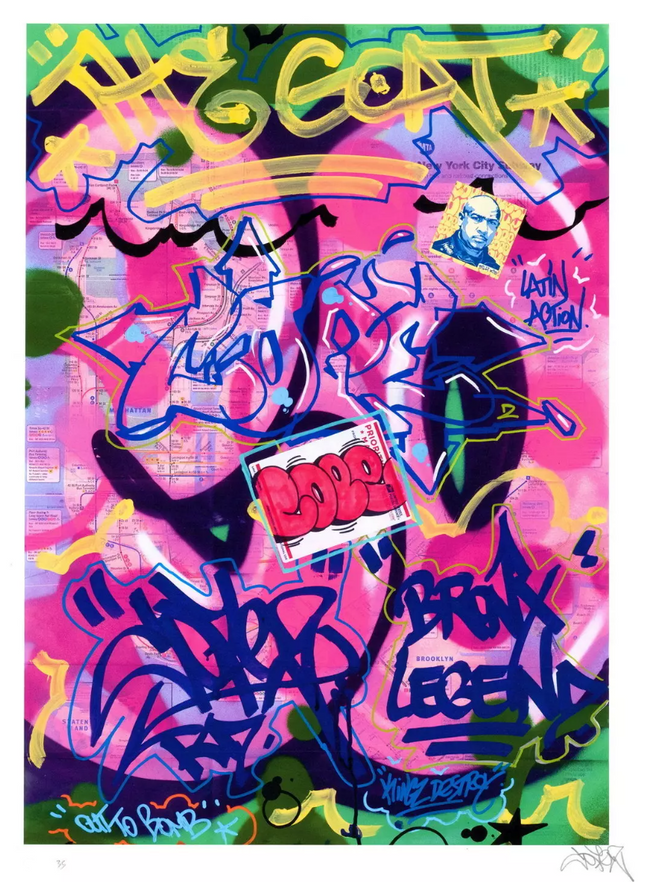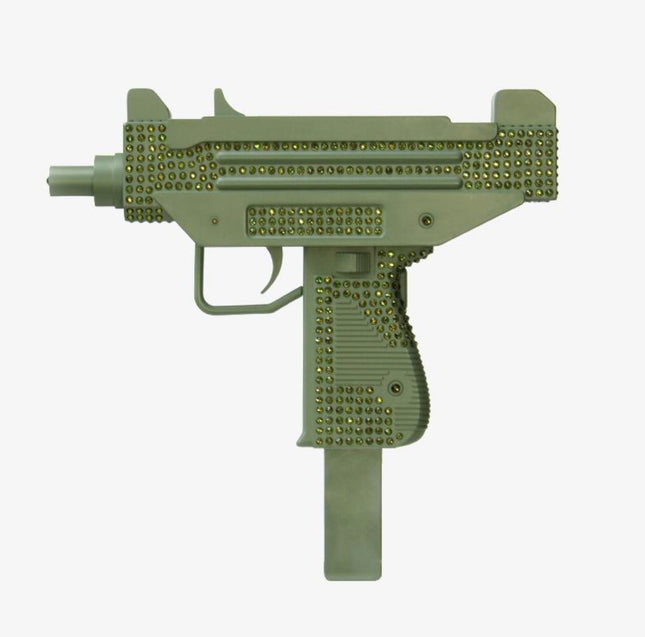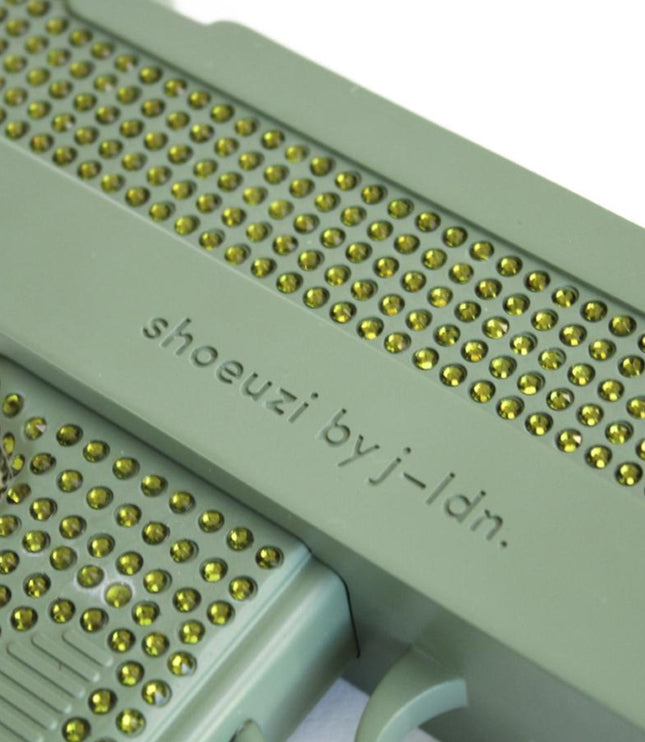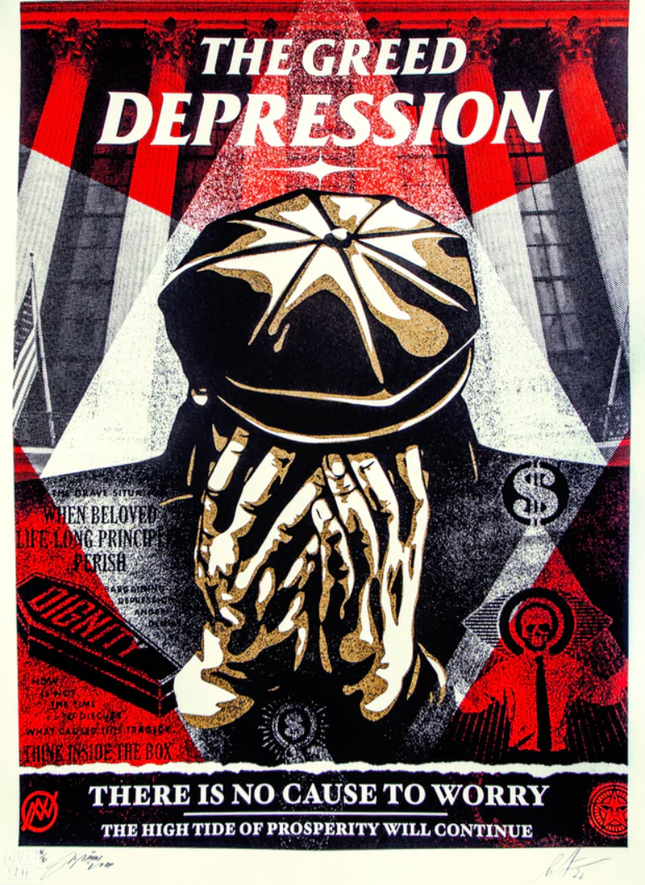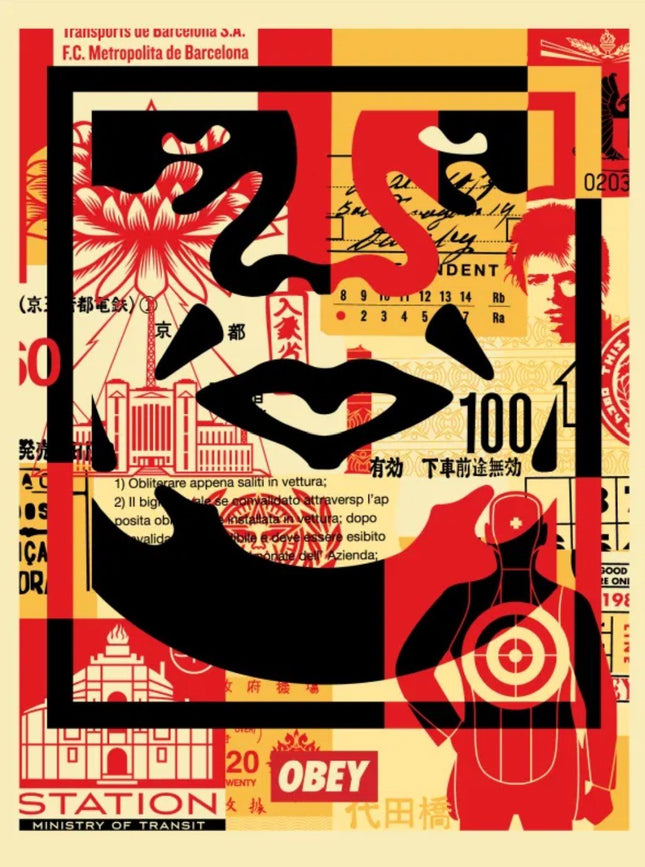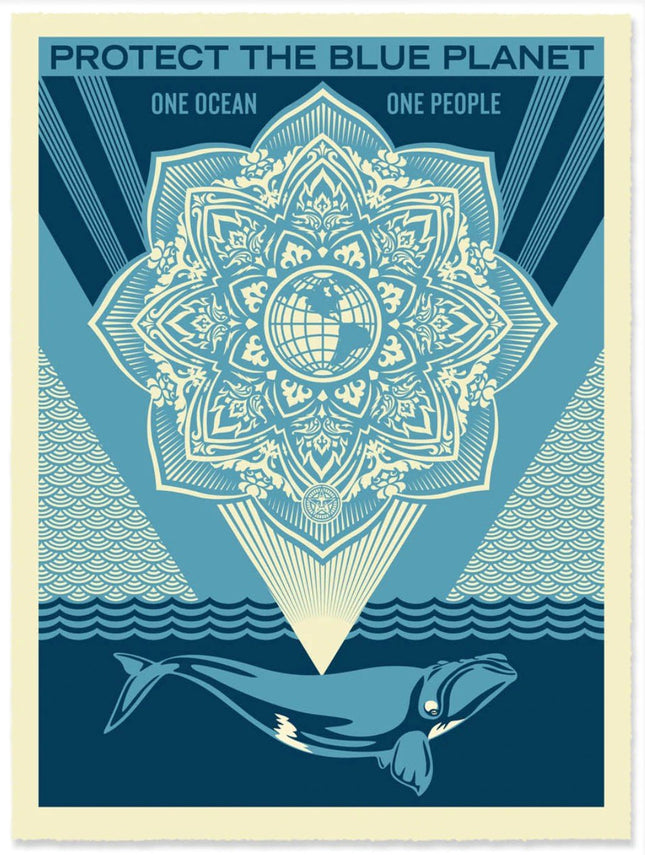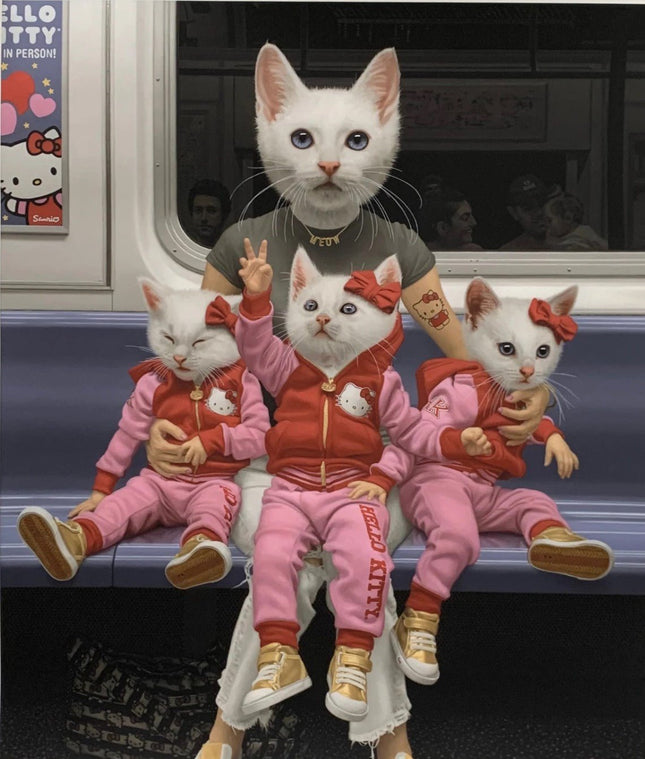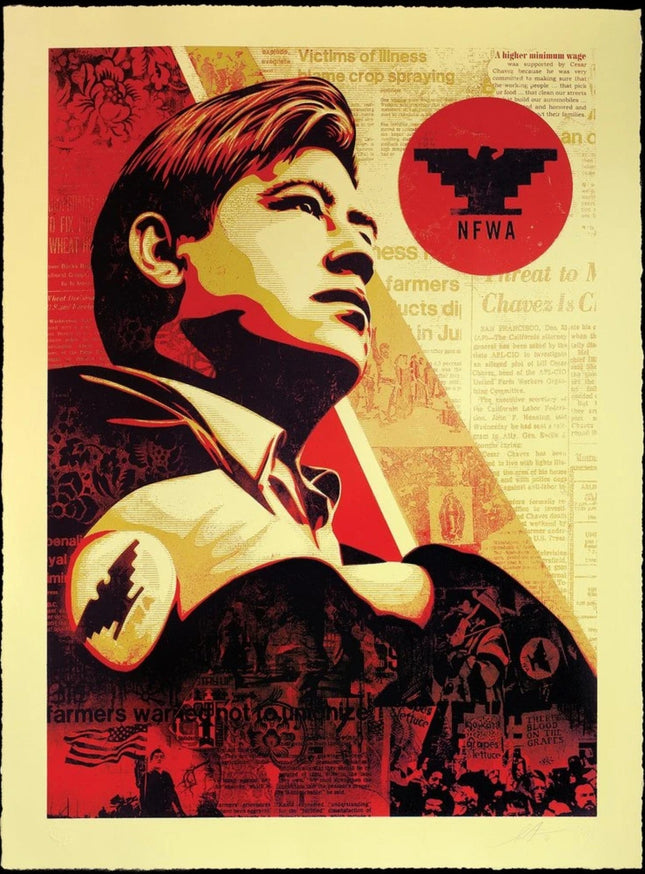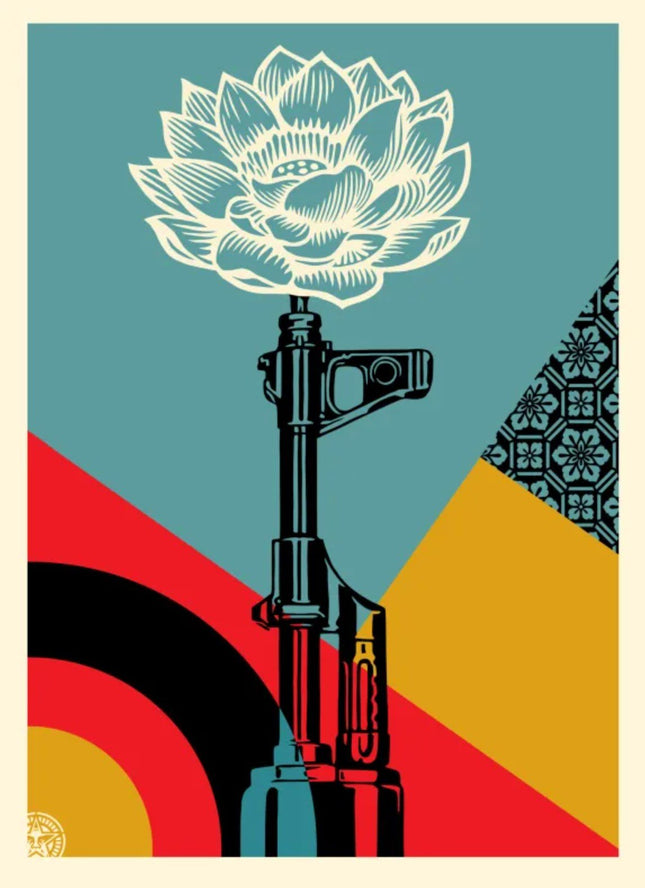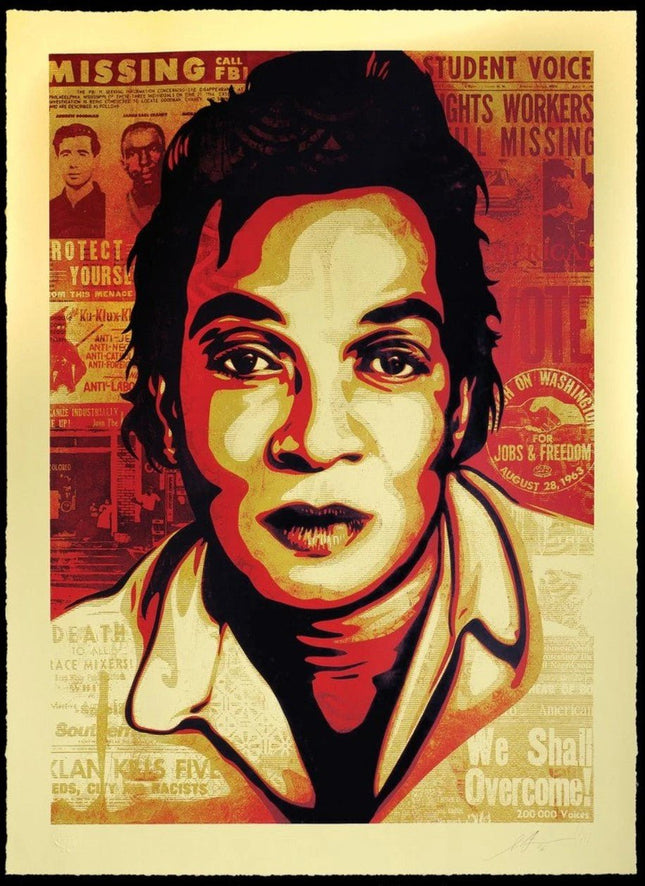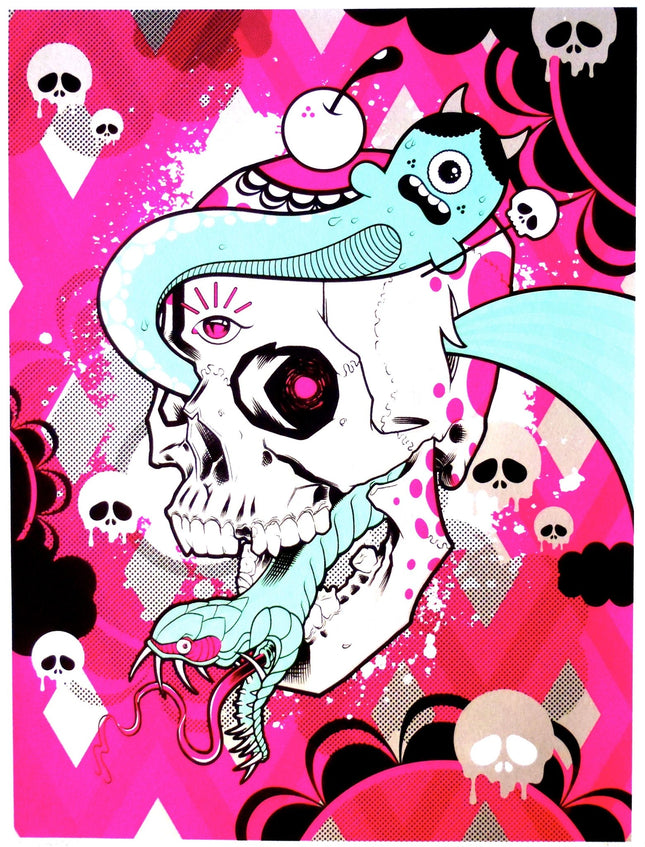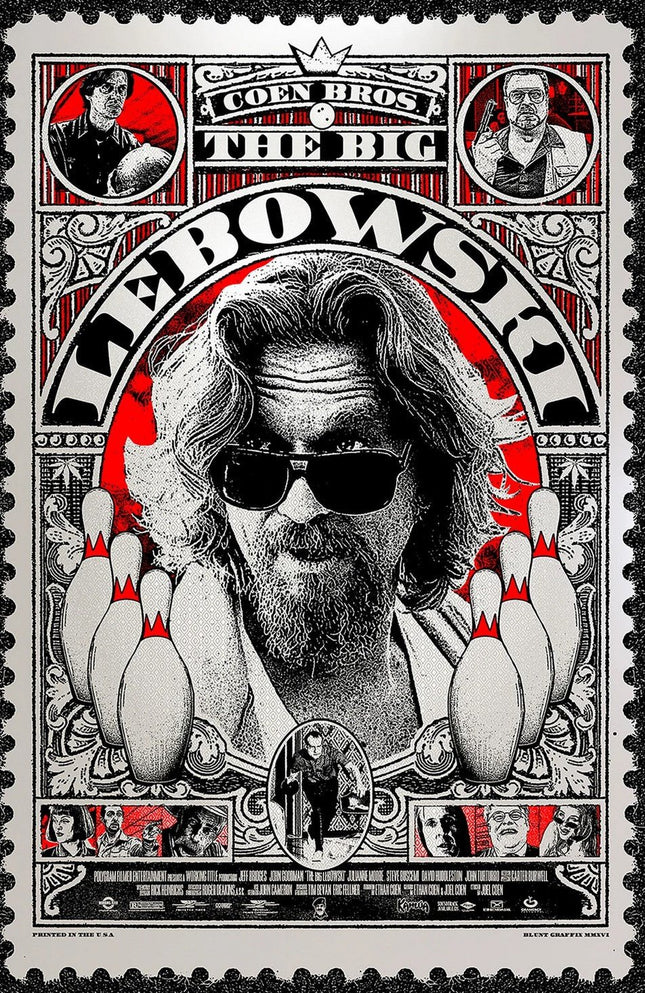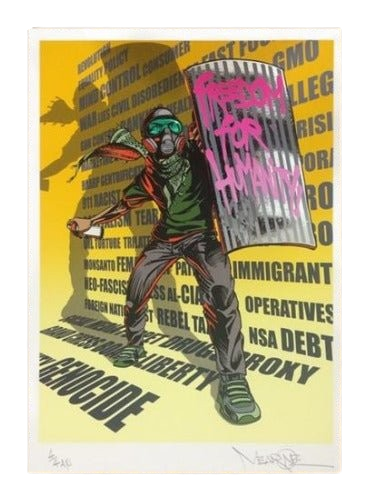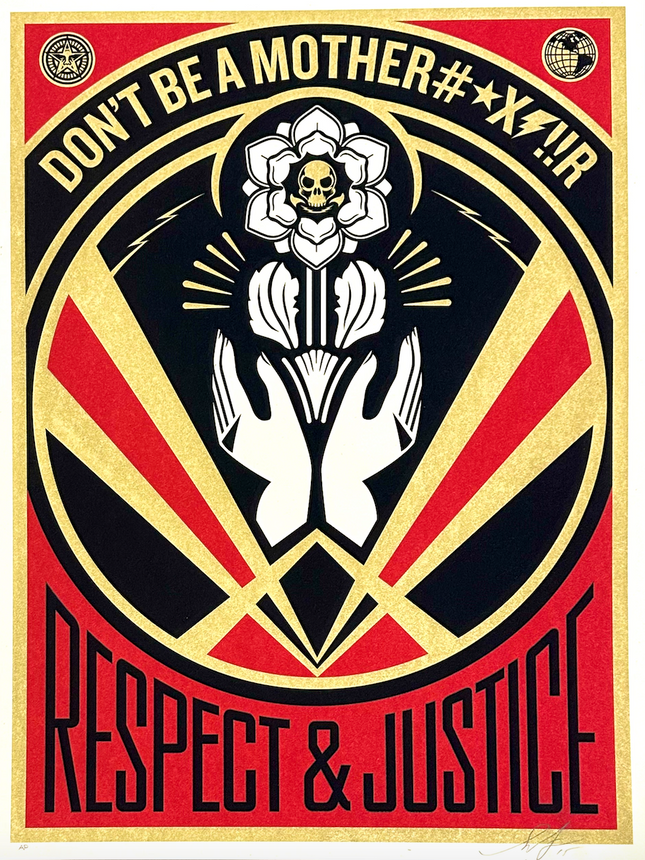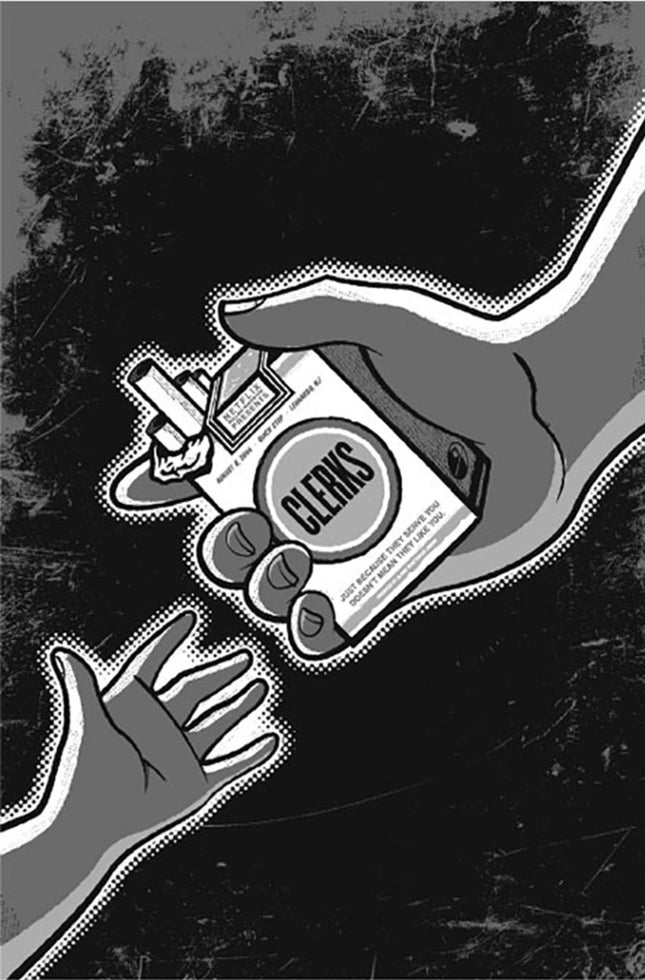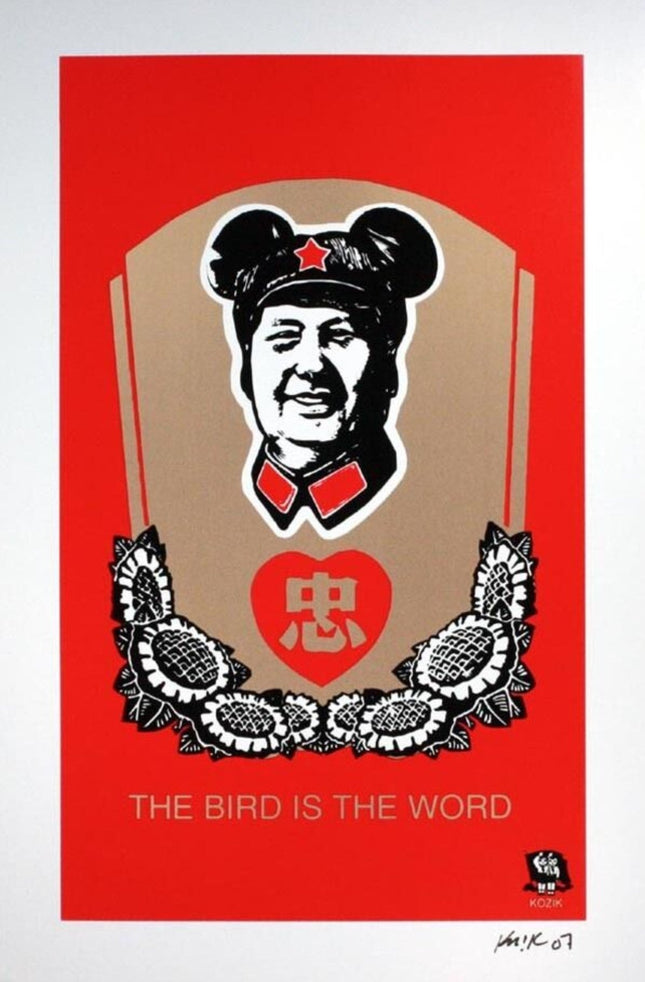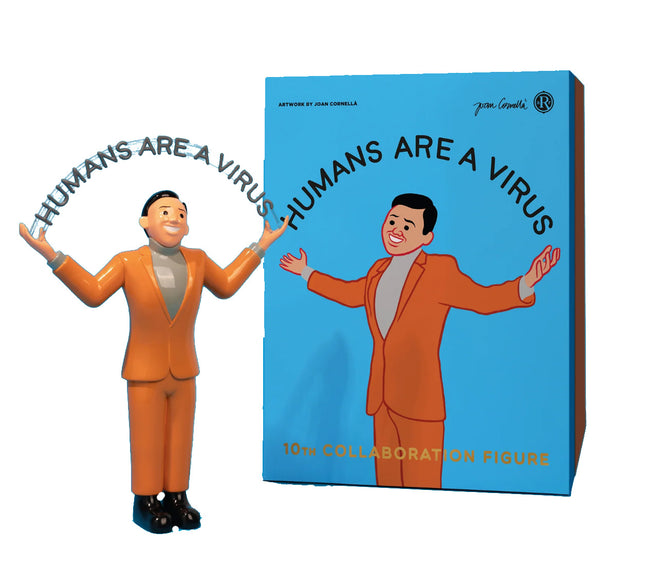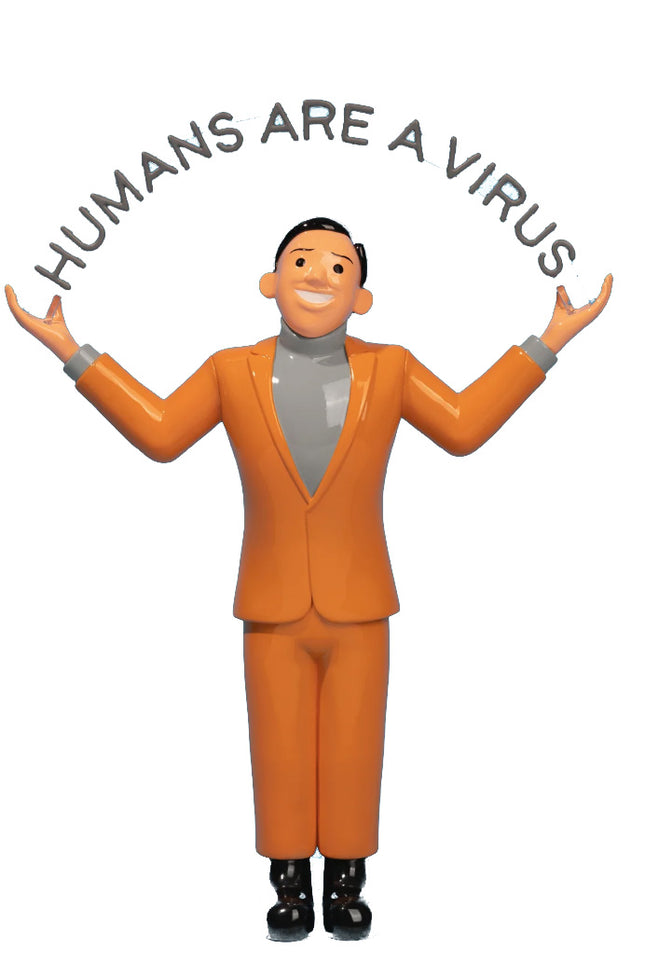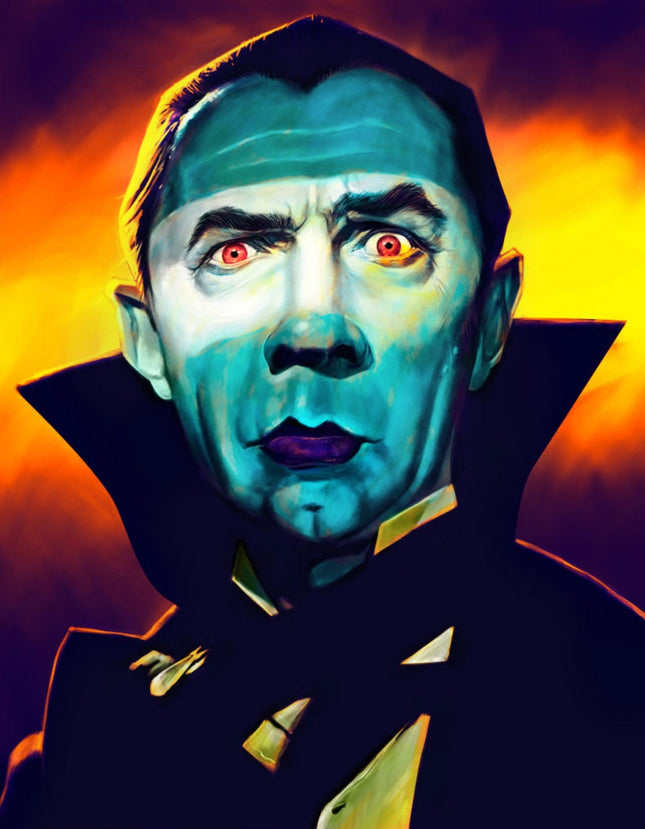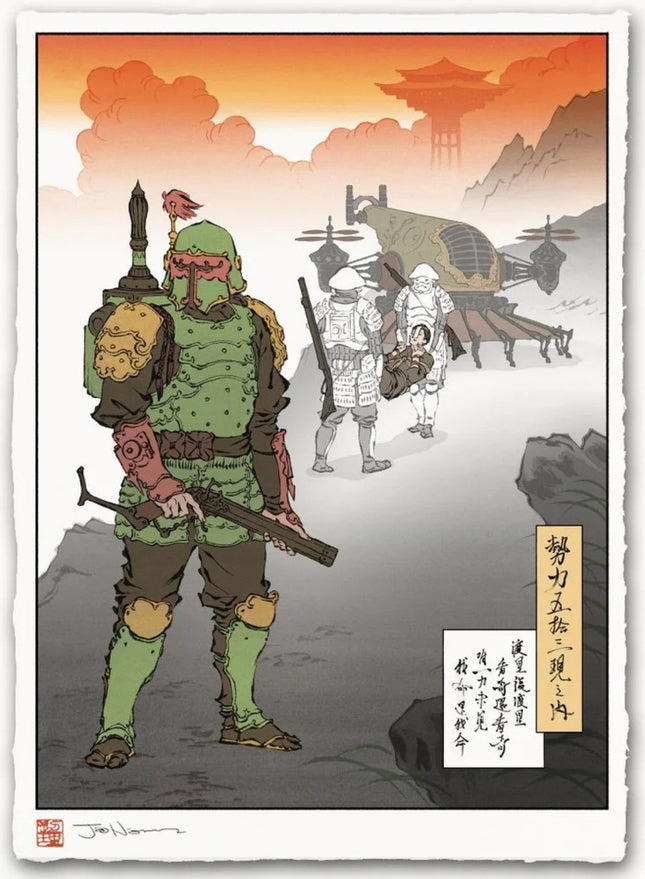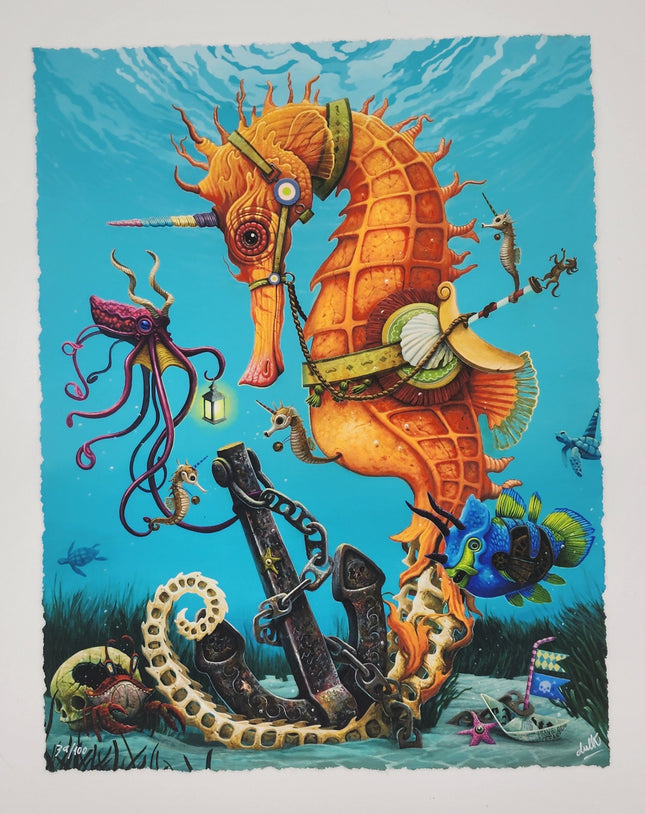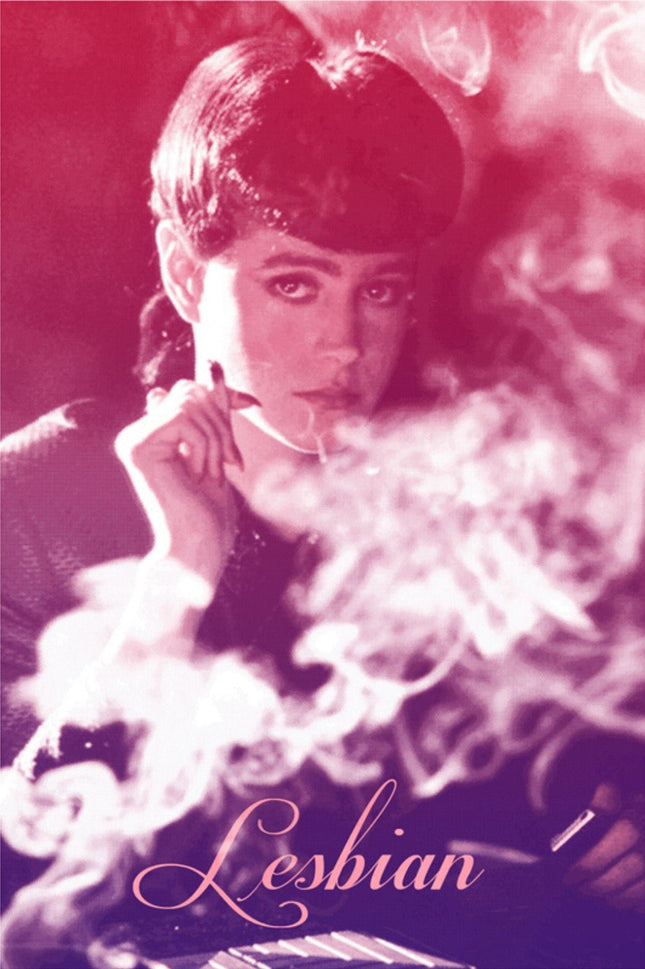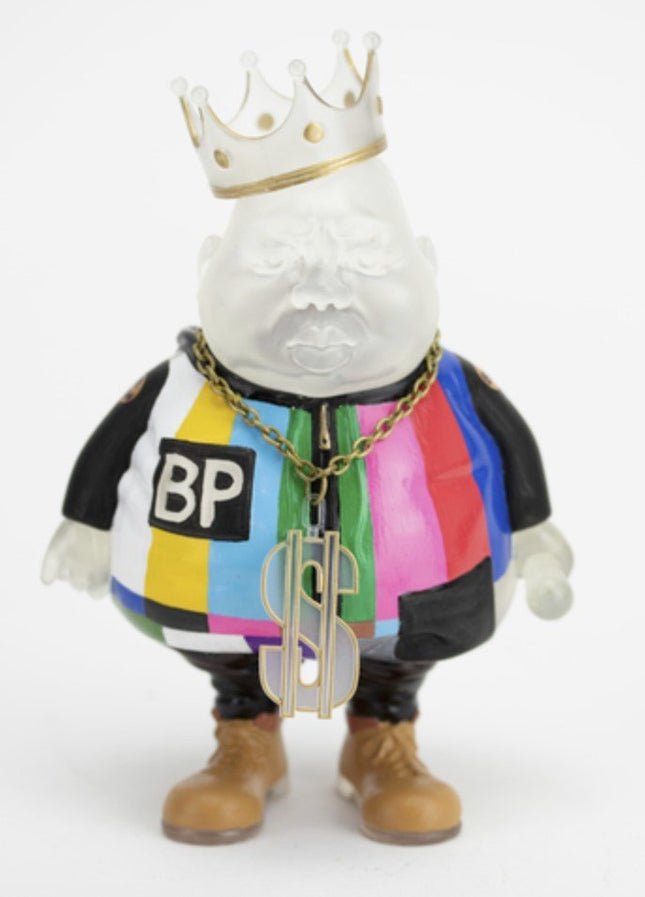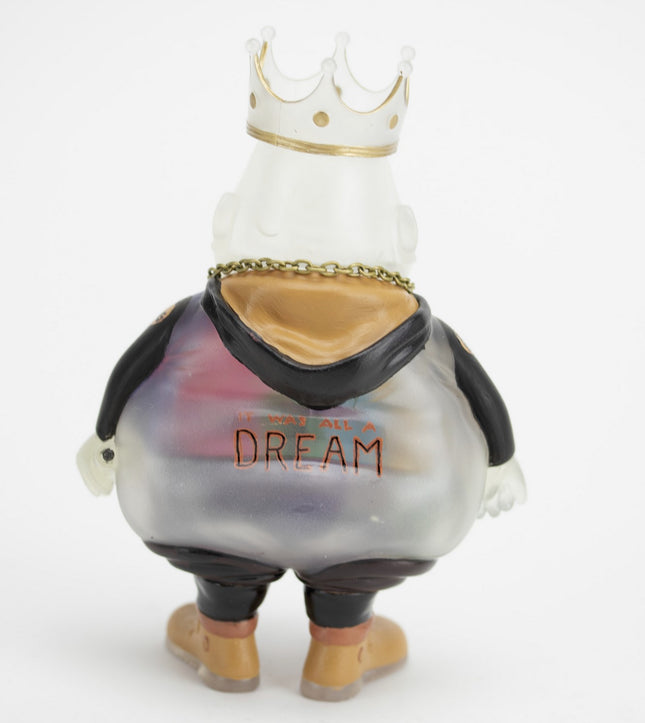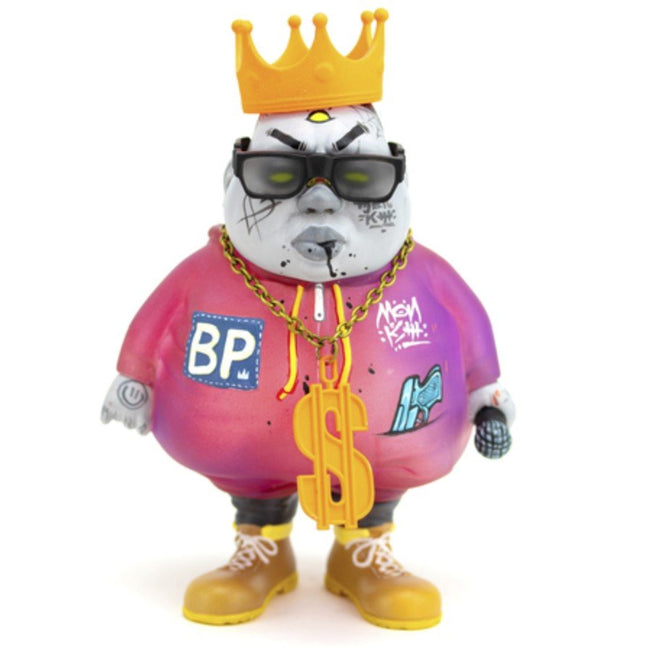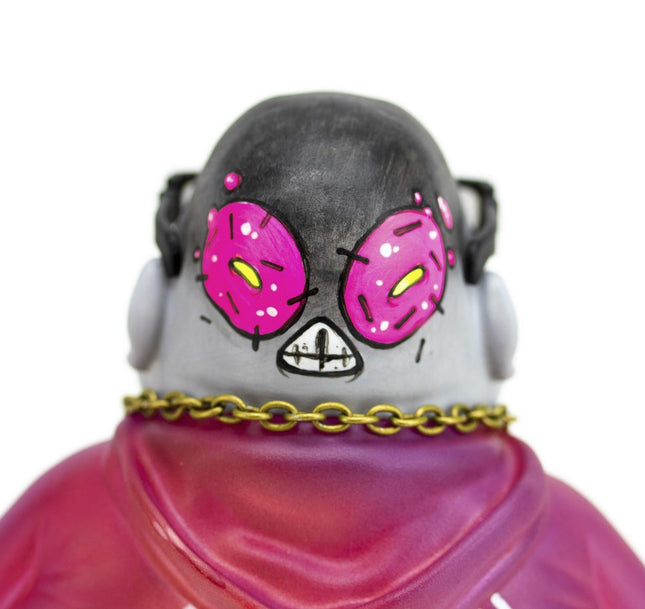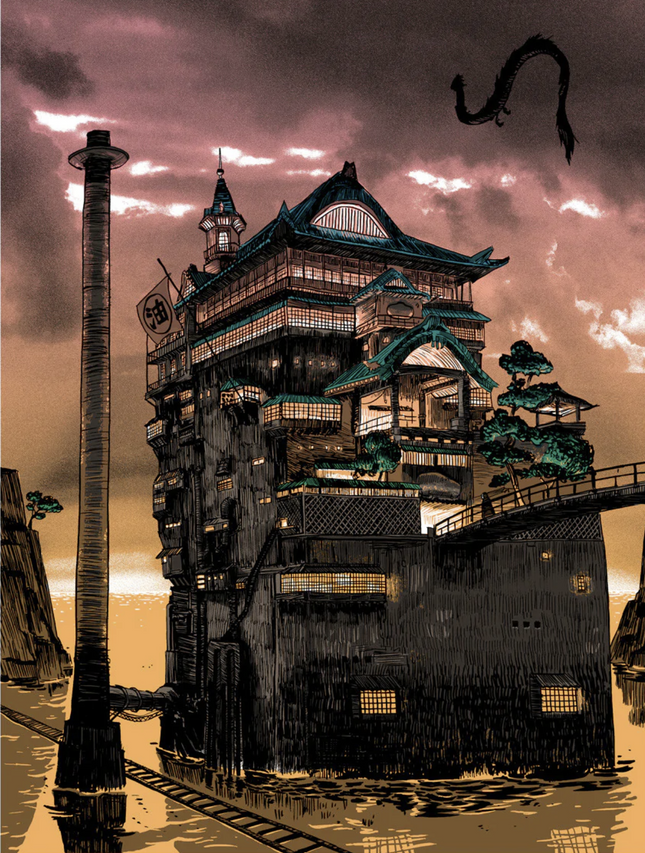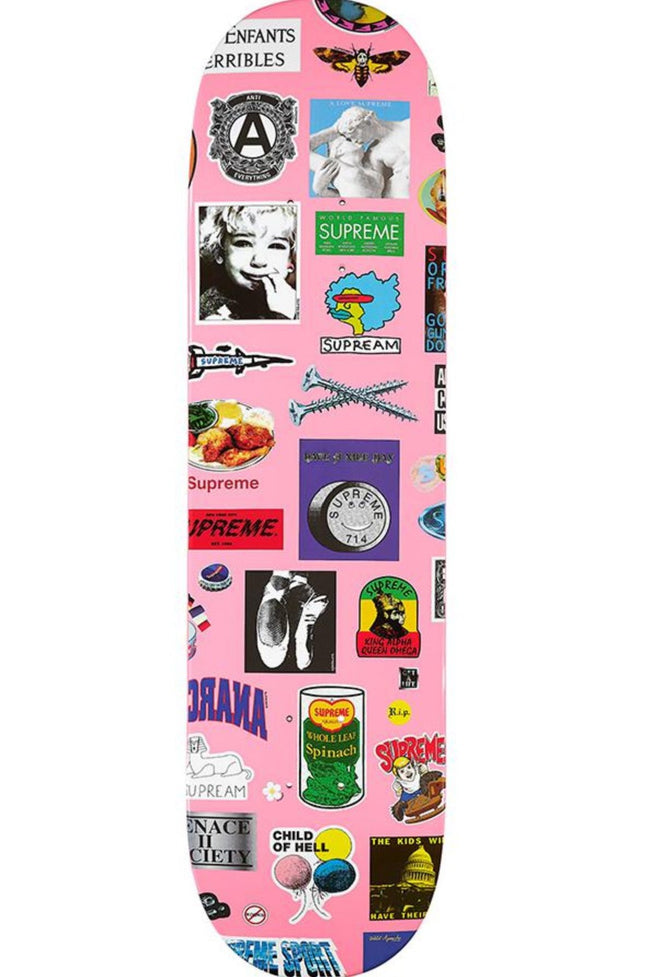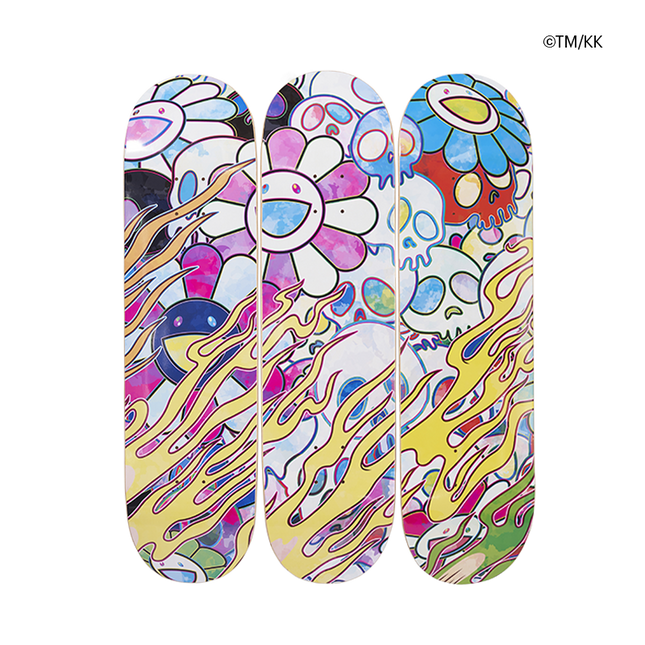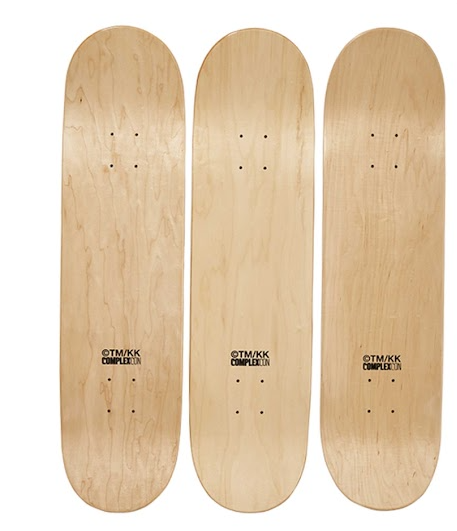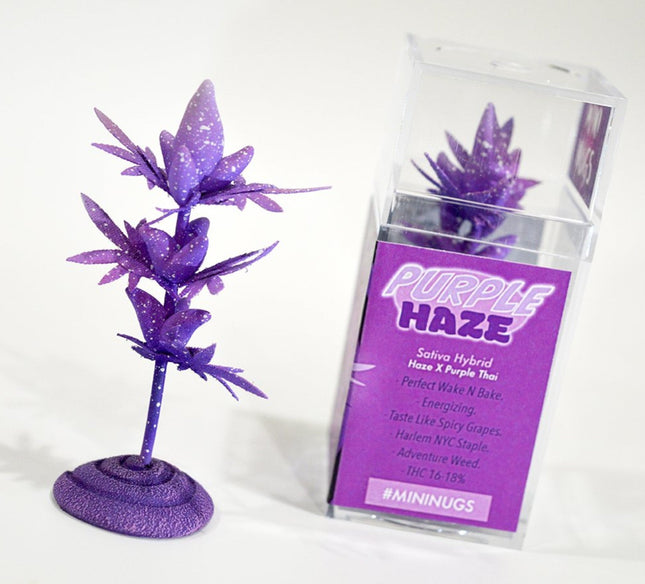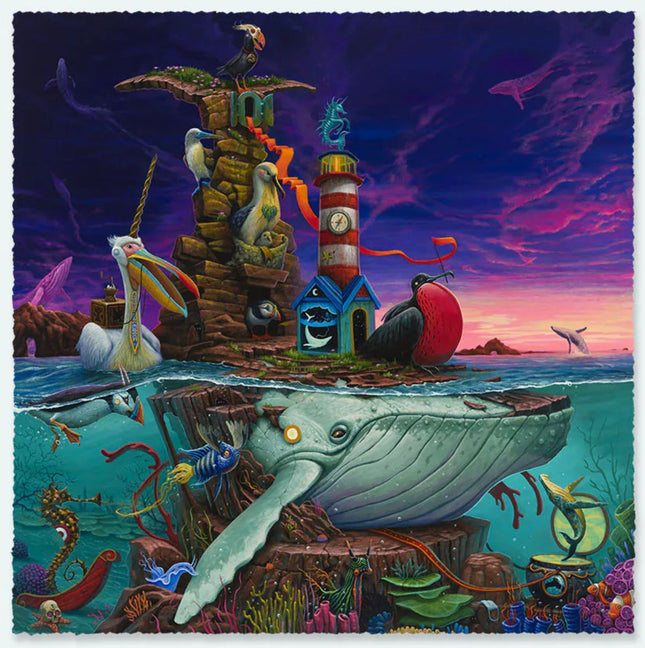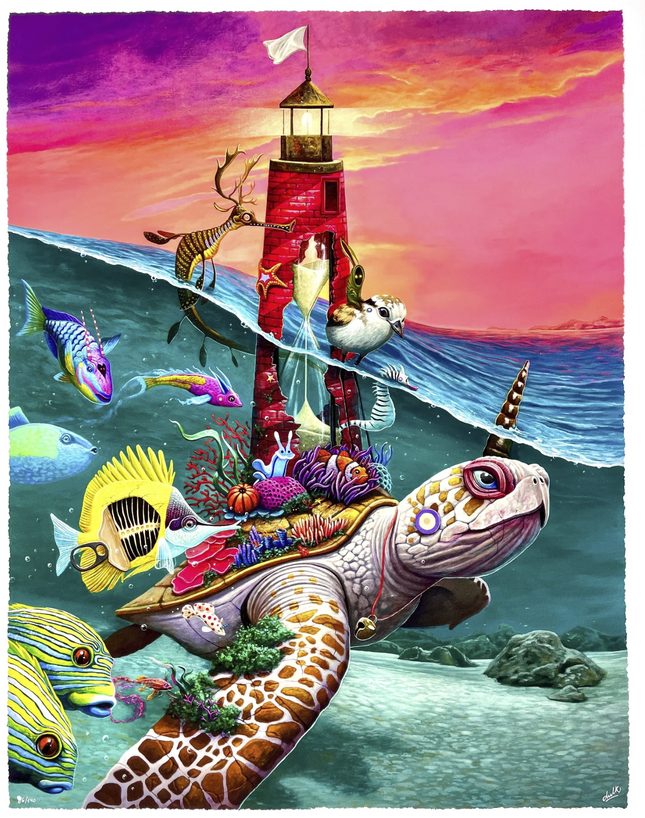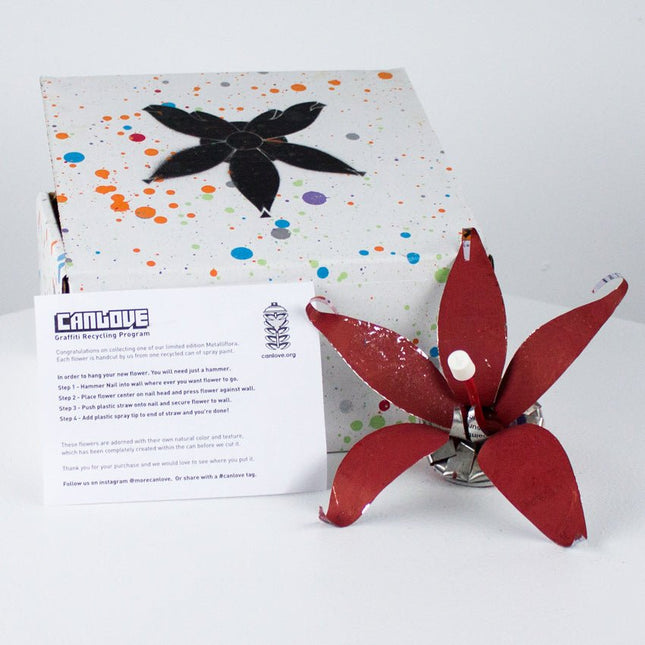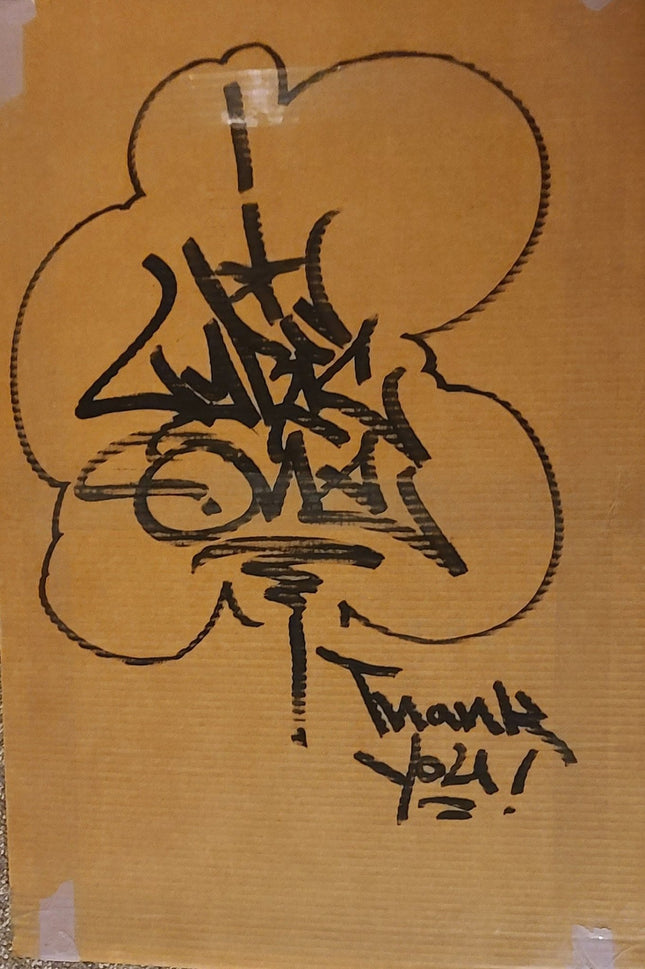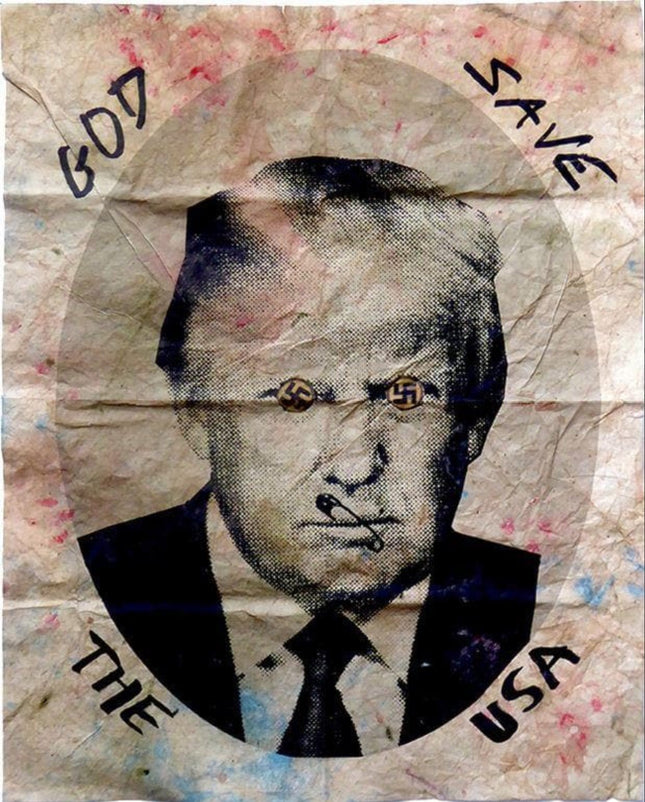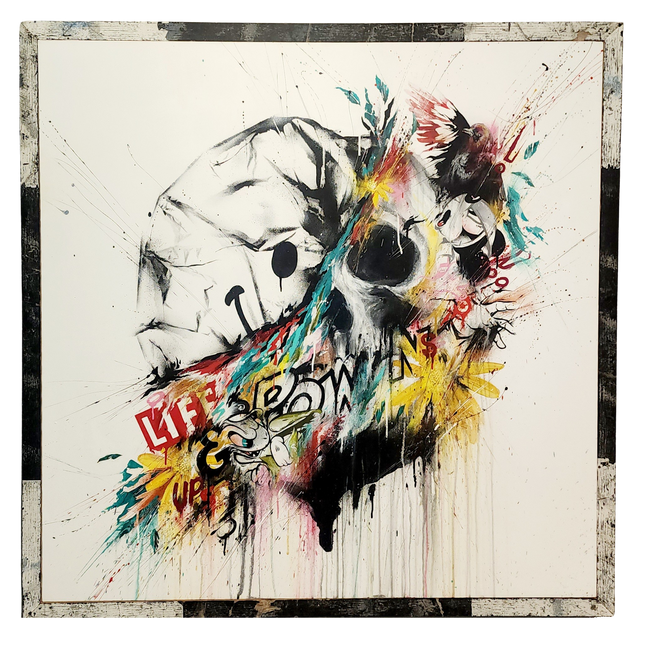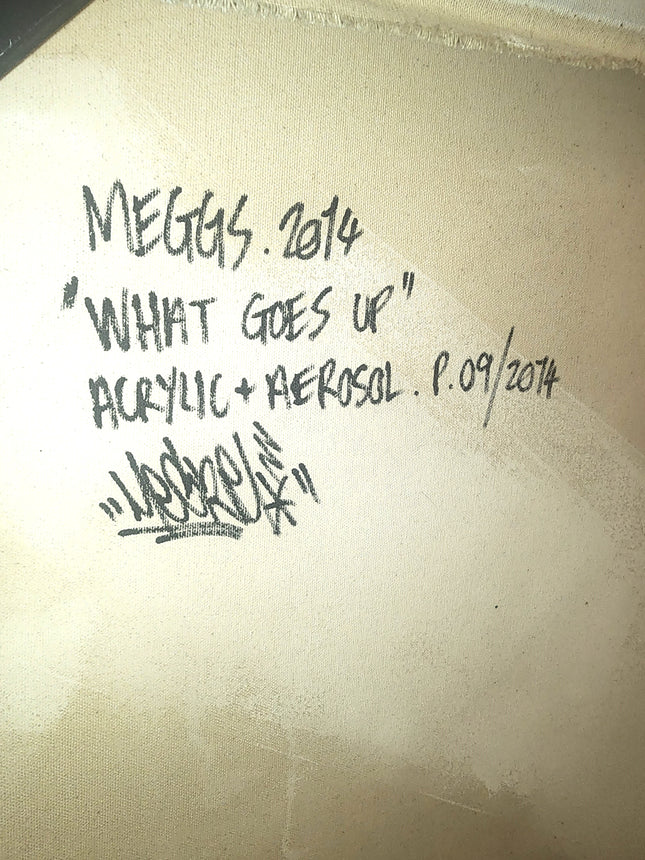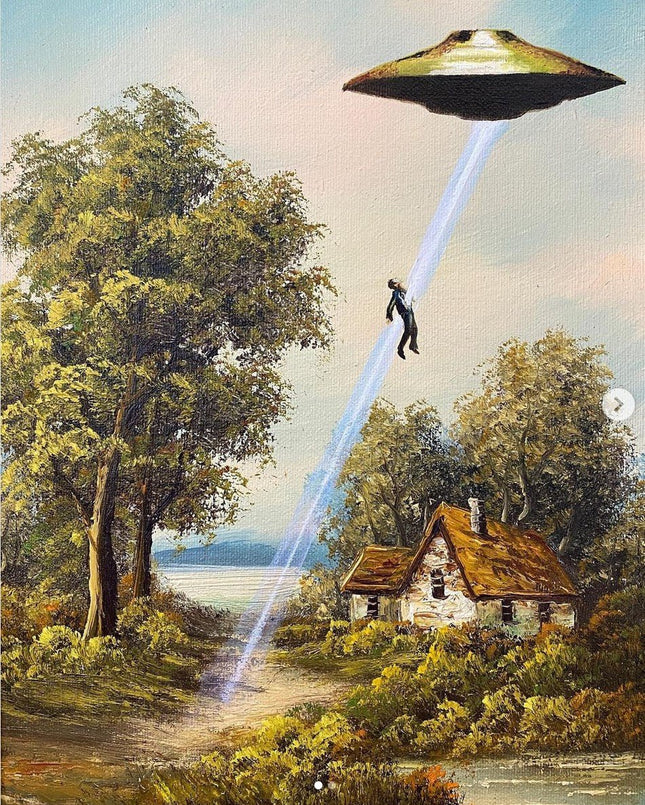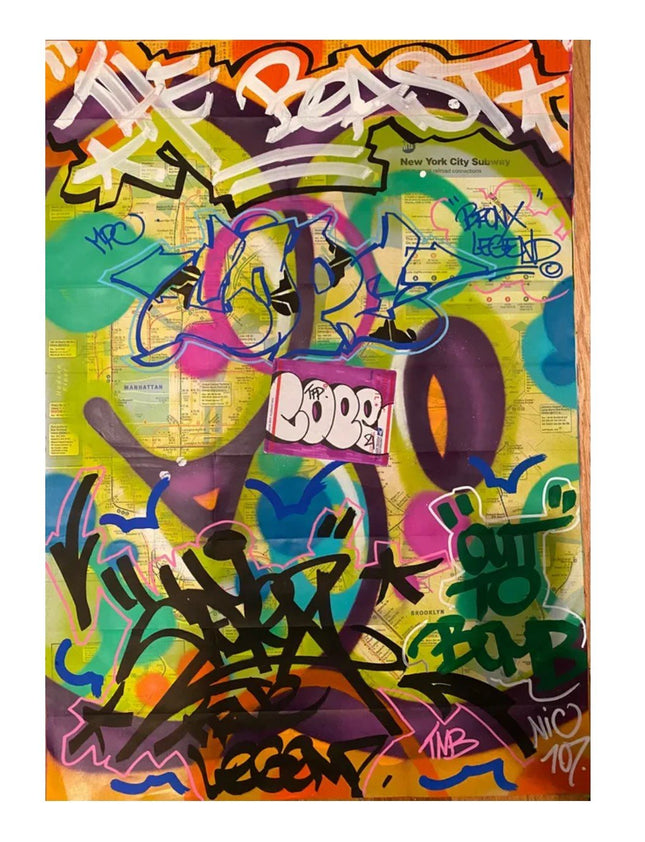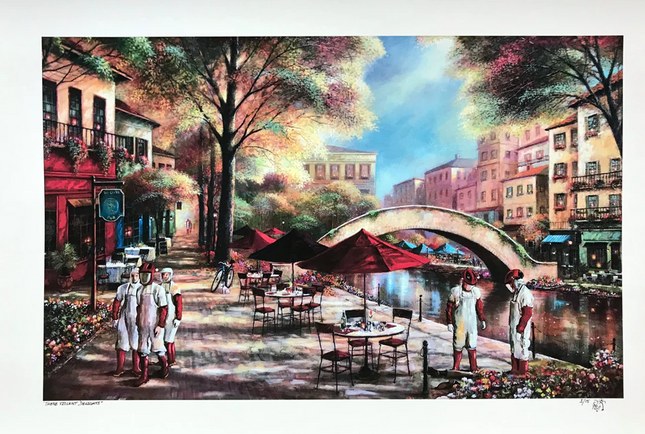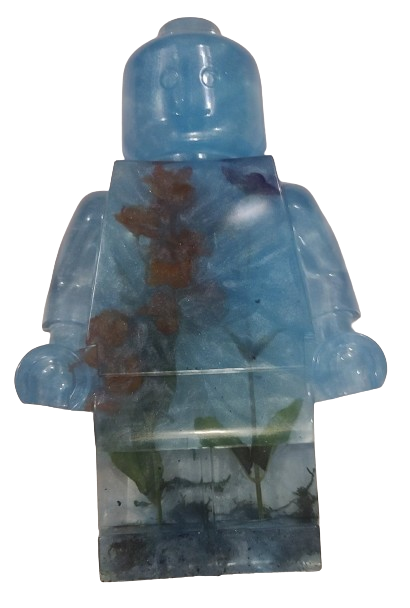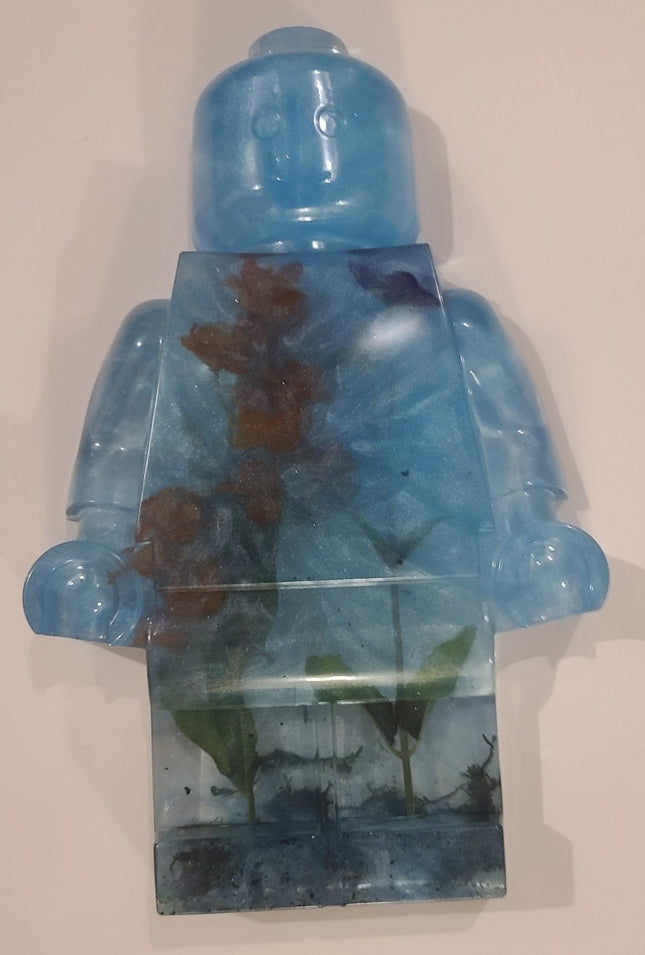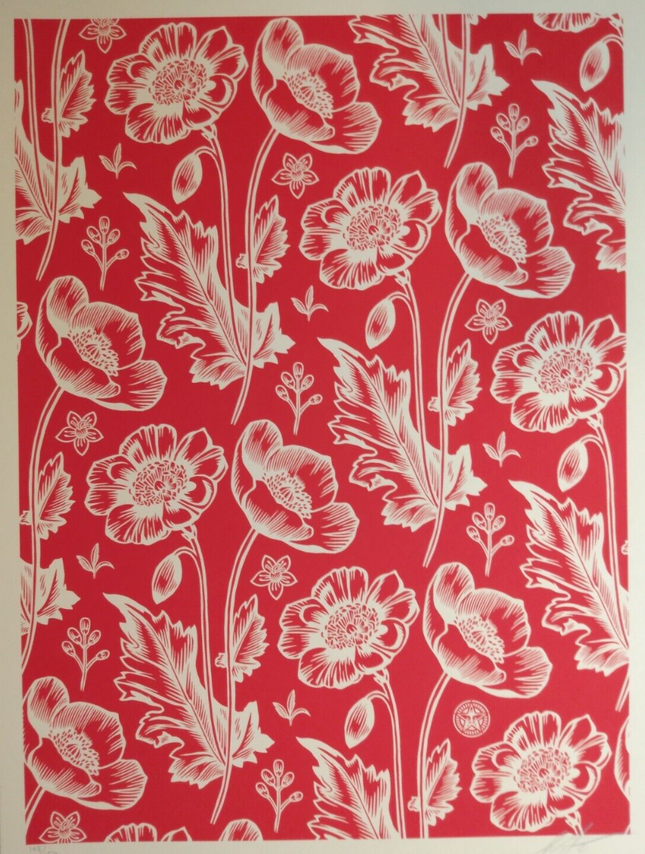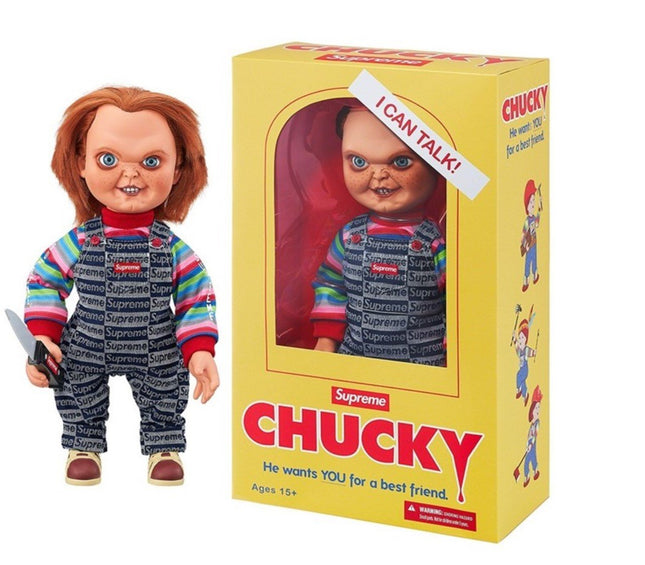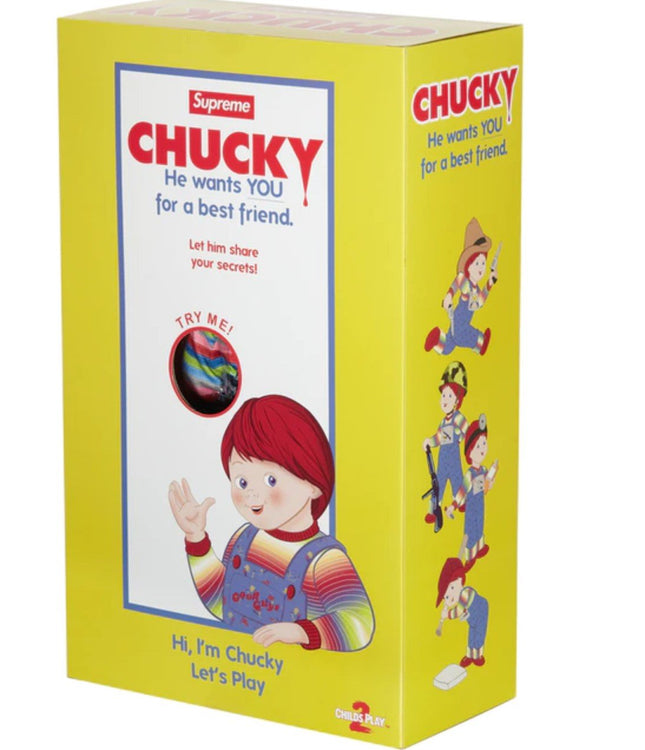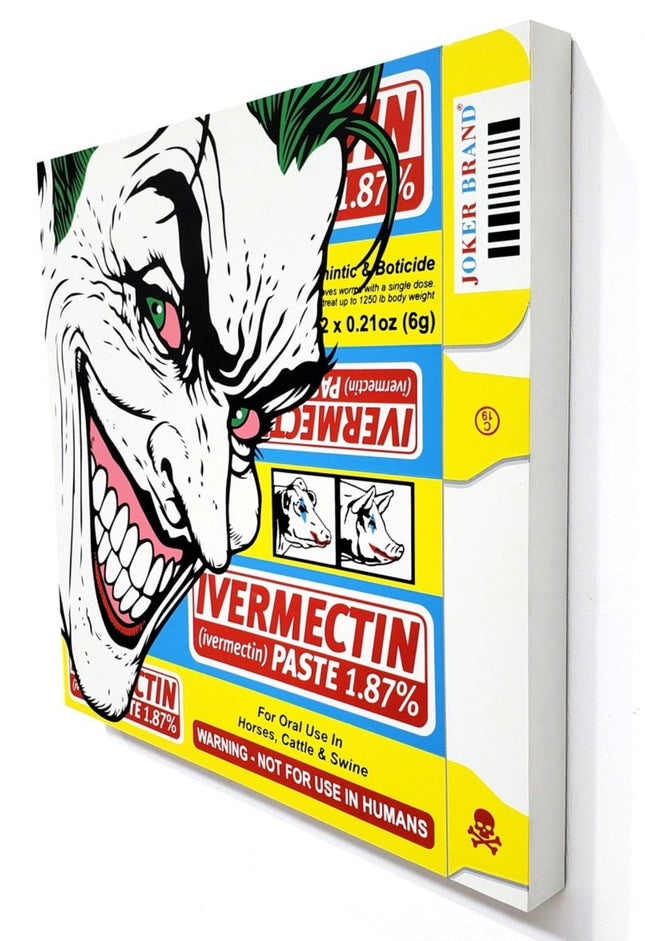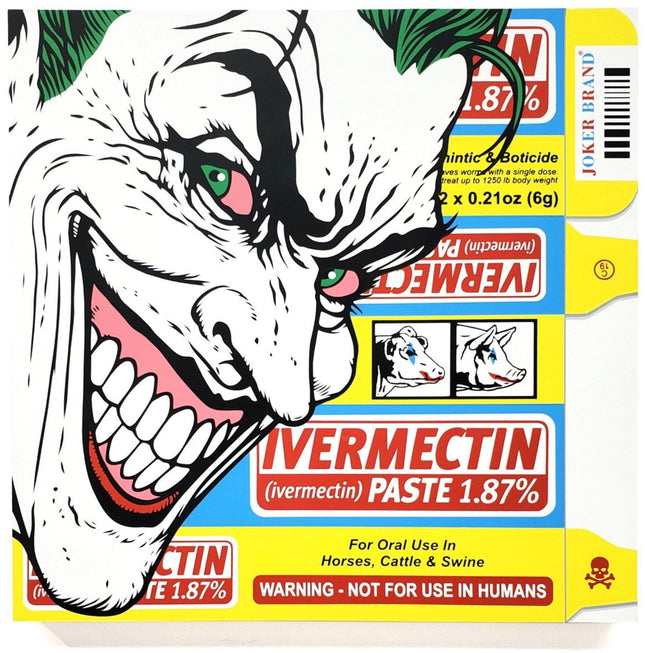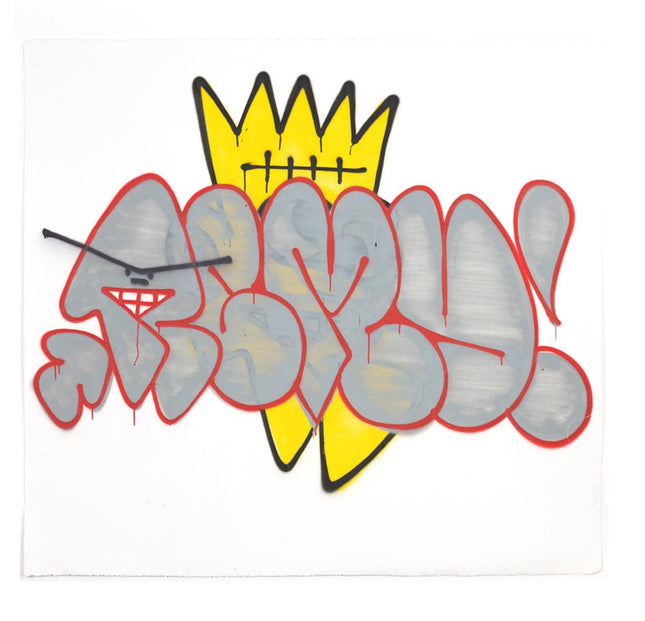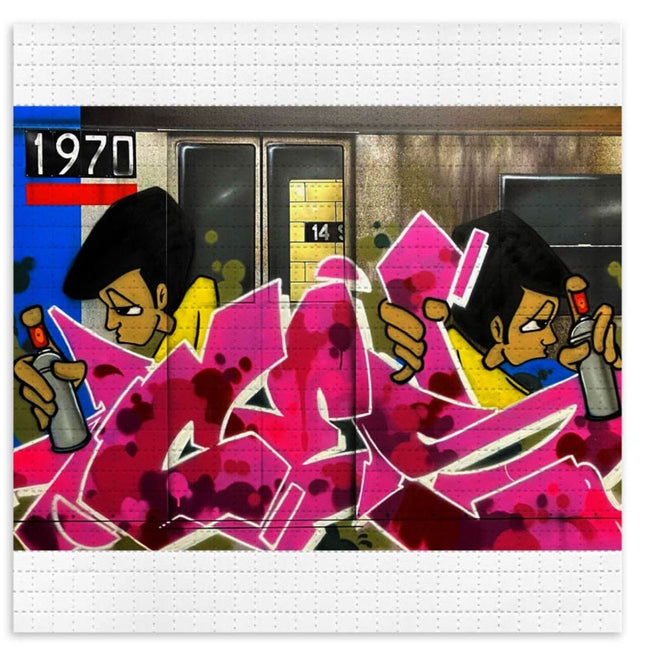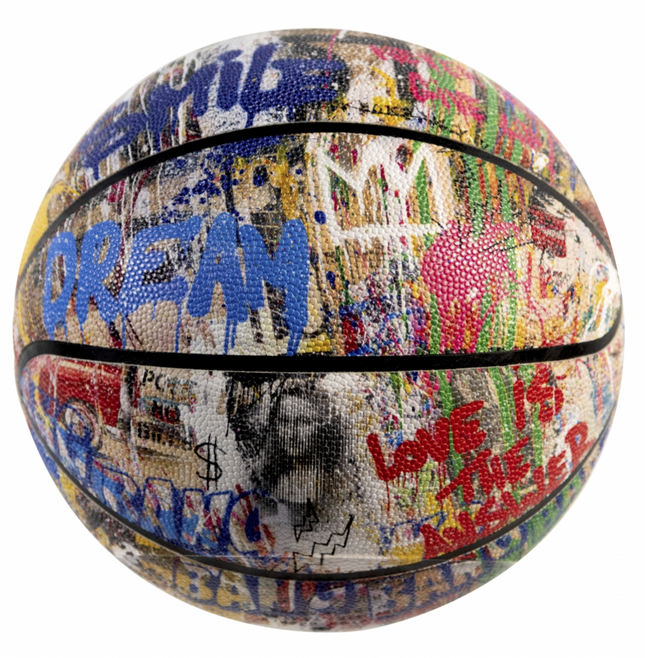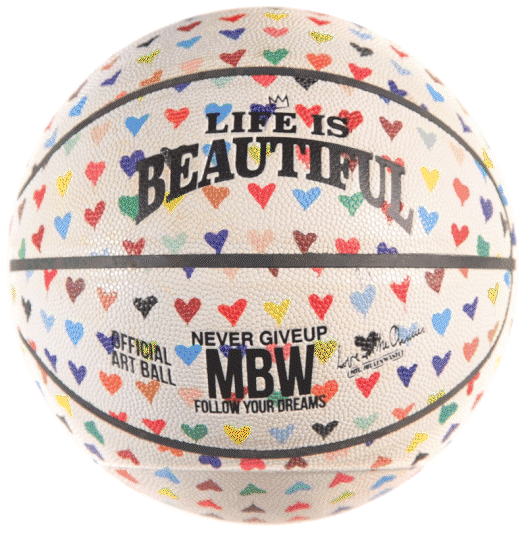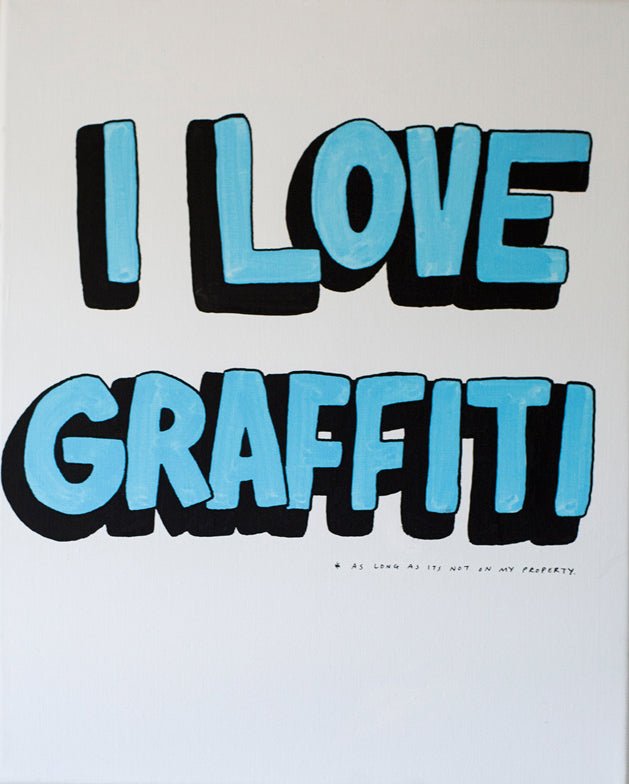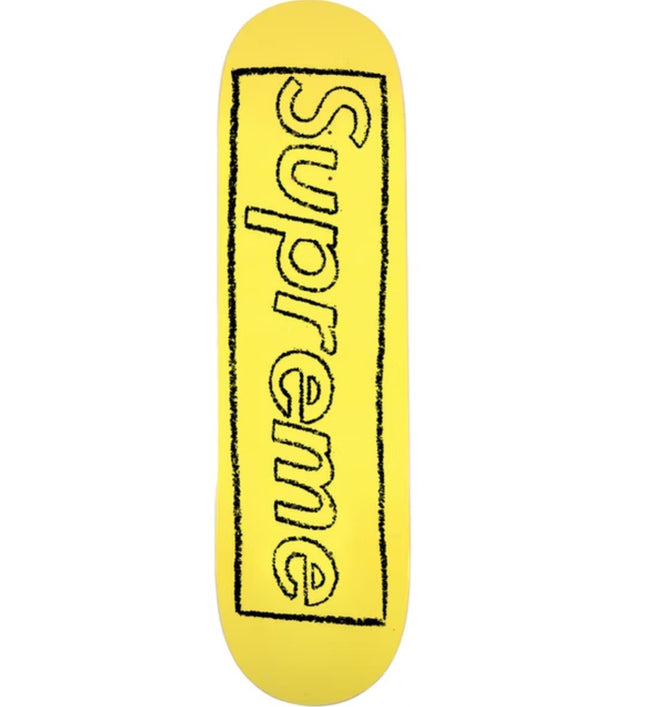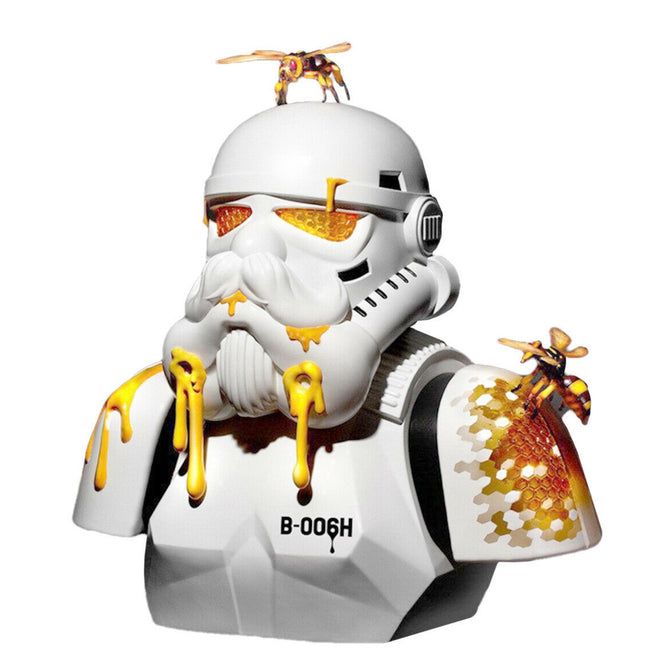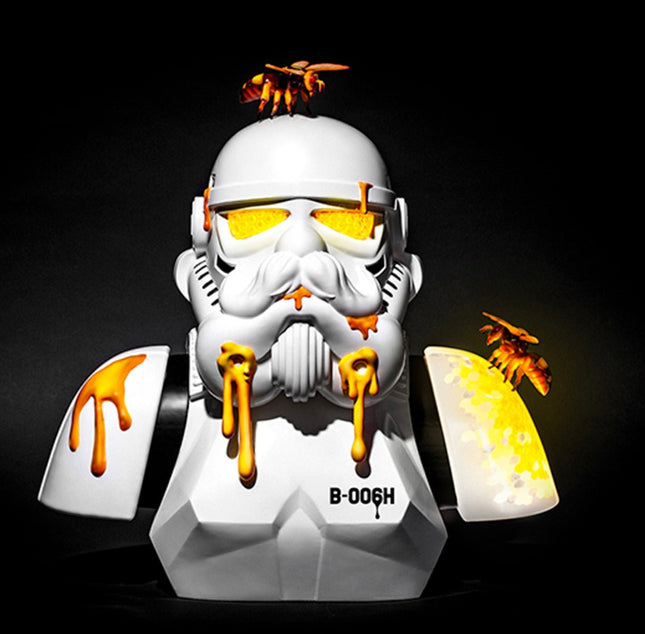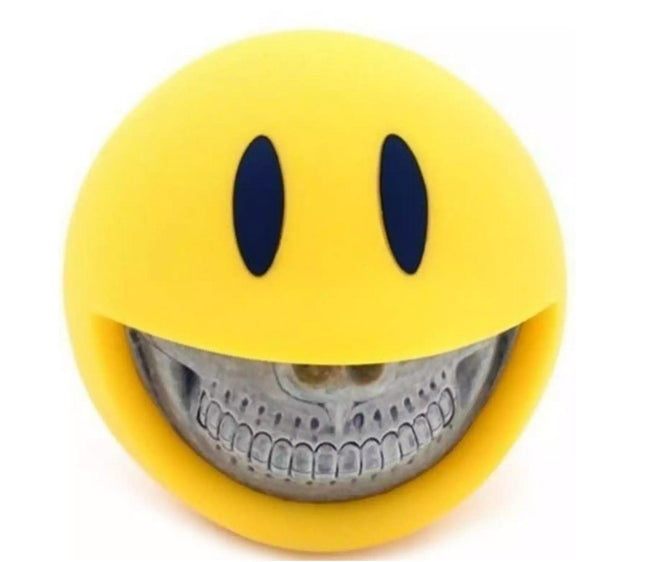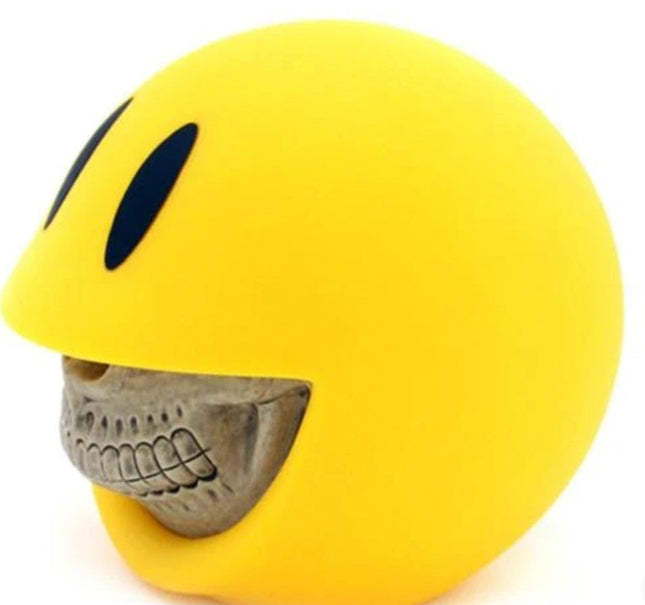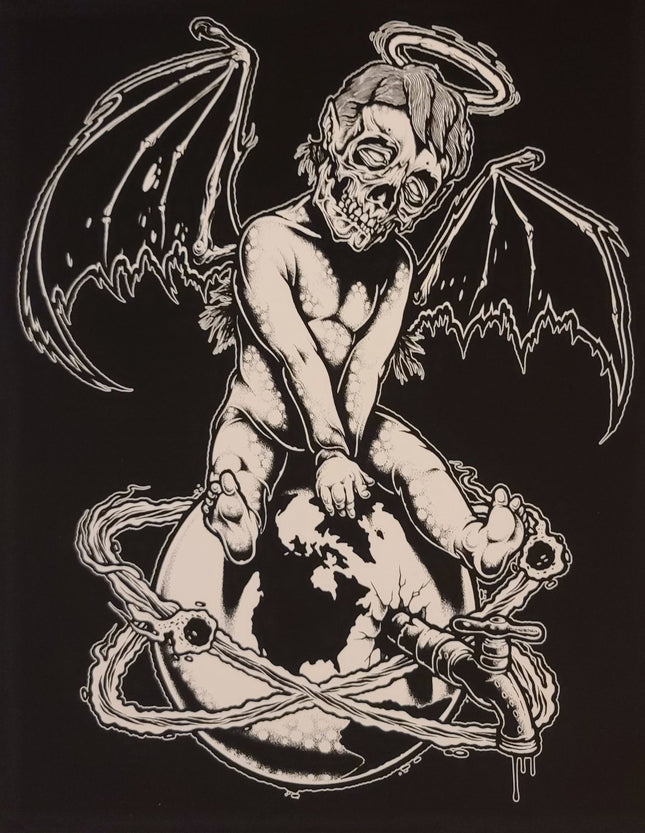Colors dictate the emotion and narrative of visual art. They are the silent vocabulary that speaks volumes in the bustling arenas of pop and street art. This article delves into the technicalities of color usage and attributes in these art forms, exploring the methods and techniques that allow colors to stand out, convey messages, and evoke feelings, all without the utterance of a single word.
Chromatics in Pop Artistry
Pop art is characterized by its vibrant colors and bold patterns, serving as a visual critique of popular and consumer culture. The technique of color blocking is widely used, where large areas are filled with solid, often primary colors to create a striking effect. This method is a nod to the industrial process of manufacturing, mirroring the uniformity and simplicity of mass production. Silkscreen printing, a popular technique in pop art, allows for the replication of this effect. It layers colors on top of one another, offering a rich texture and depth that cannot be achieved through traditional painting methods. Through this, pop art achieves its signature high-contrast, high-impact aesthetic that can simultaneously feel both familiar and jarring.
Technique and Texture in Street Art
Street art, which includes graffiti, is a dynamic form of expression that relies heavily on the physical attributes of its medium. Spray paint, the primary tool in graffiti, offers a variety of textures depending on the method of application. Artists can achieve a smooth, even coat for large blocks of color or use a drip technique for a more rugged, visceral effect. Stenciling is another pivotal technique in street art, allowing for the creation of sharp, precise images that stand out against the often chaotic backgrounds of urban environments. The layering of stencils can create complex, multi-colored images, with each layer contributing to the overall depth and detail of the piece. Moreover, the cap used on the spray can alter the spray radius, permitting a transition from sharp lines to broad swaths of color, granting the artist control over the sharpness and diffusion of the color boundaries.
Graffiti's Color Palette: Beyond the Can
The graffiti artist's palette is not limited to the colors available in spray cans. The introduction of other media, such as acrylic paints and markers, expands the range of textures and finishes that can be achieved. Acrylics can be layered over spray paint for a mixed-media effect, adding a new dimension to the work. Markers, on the other hand, offer precision for detailing and are often used to outline works, adding definition and helping colors pop against complex backgrounds. Techniques such as blending and shading are employed to give a three-dimensional appearance to the artwork, making the images leap off the wall with life and vibrancy.
Color Interaction and Visual Perception in Urban Art
In both pop and street art, the interaction of colors is a critical aspect of the artwork's visual perception. Complementary colors, placed side by side, create a vibrant contrast that can make an image appear more dynamic and energetic. Analogous colors, which sit next to each other on the color wheel, are used to create harmony and a sense of cohesion within a piece. The use of contrasting colors for the background and foreground can make the main subject of the artwork stand out, drawing the viewer's eye directly to the focal point. Furthermore, the illusion of space and depth is often created through the use of color gradients, with colors seamlessly blending into one another, a technique that requires a steady hand and a keen eye for color transitions.
Enduring Impressions: The Physicality of Color in Urban Environments
The physical attributes of color in street and pop art are crucial for the enduring impression of the artwork. Environmental factors such as light, weather, and the texture of the painting surface all interact with the colors, affecting their appearance and longevity. The choice of paint type, from matte to gloss, can also significantly impact the visual effect of the color. Matte finishes absorb light, reducing glare and giving colors a softer appearance, while gloss finishes reflect light, making colors appear more vibrant and intense. These choices are not merely aesthetic; they are part of the message the artwork conveys, with the durability and fade-resistance of certain paints speaking to the permanence or ephemerality of the work itself. Colors in pop and street art are not passive elements but are as active and alive as the environments they inhabit. Through the skilled application of techniques and a deep understanding of the physical attributes of their materials, artists transform colors into powerful tools of expression. These hues and tones transcend mere decoration, becoming the essence of the message and the heartbeat of urban art.


